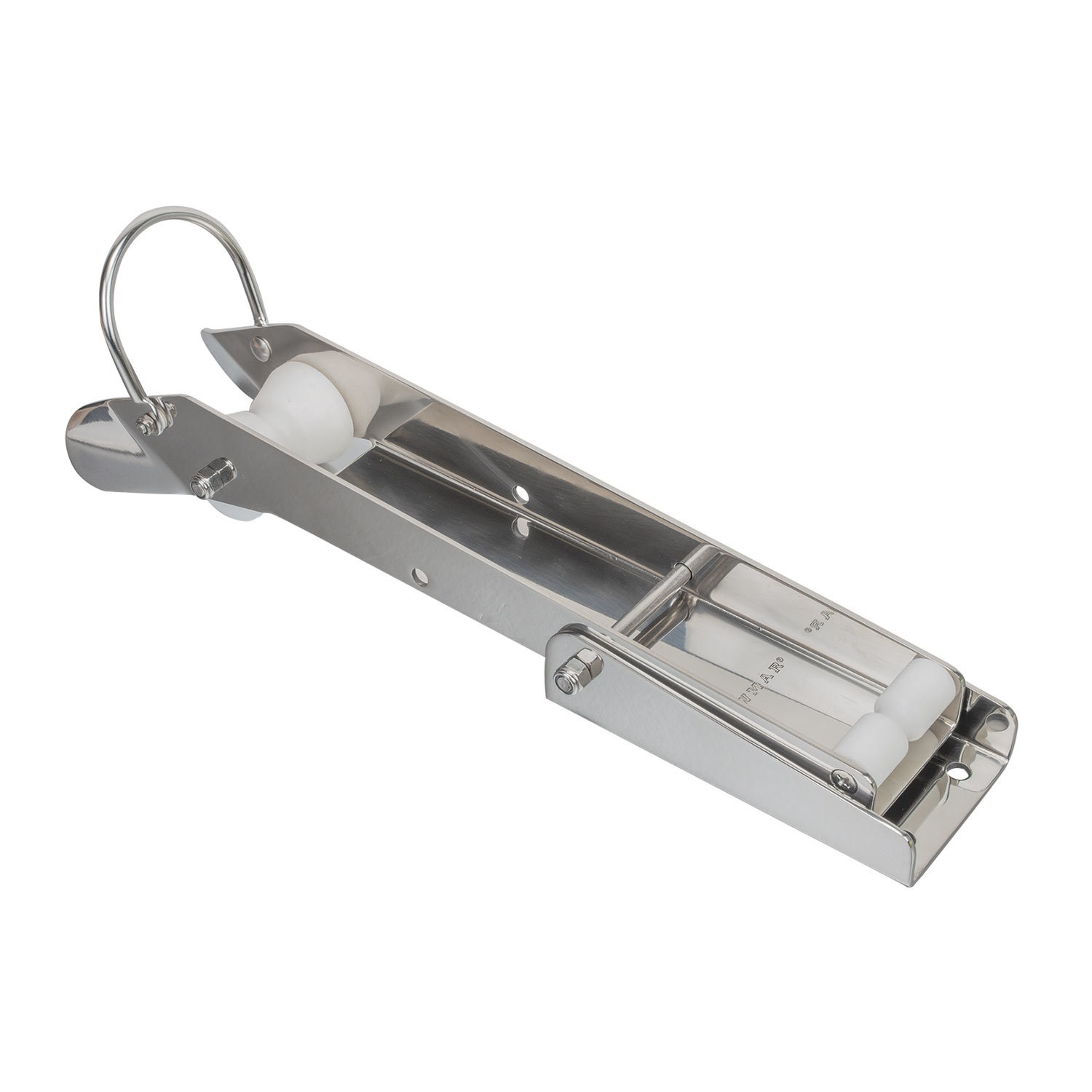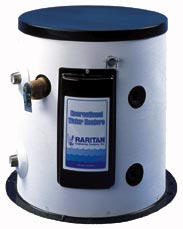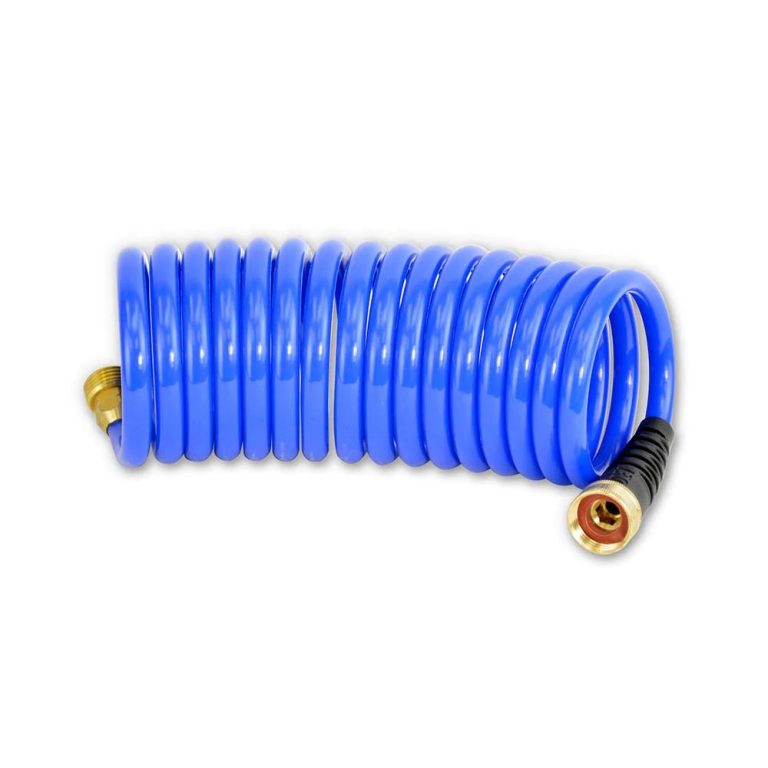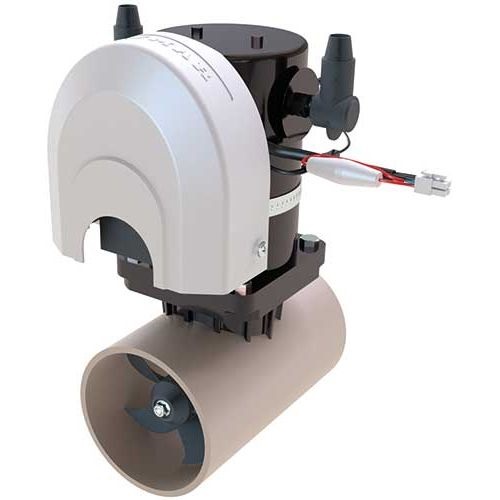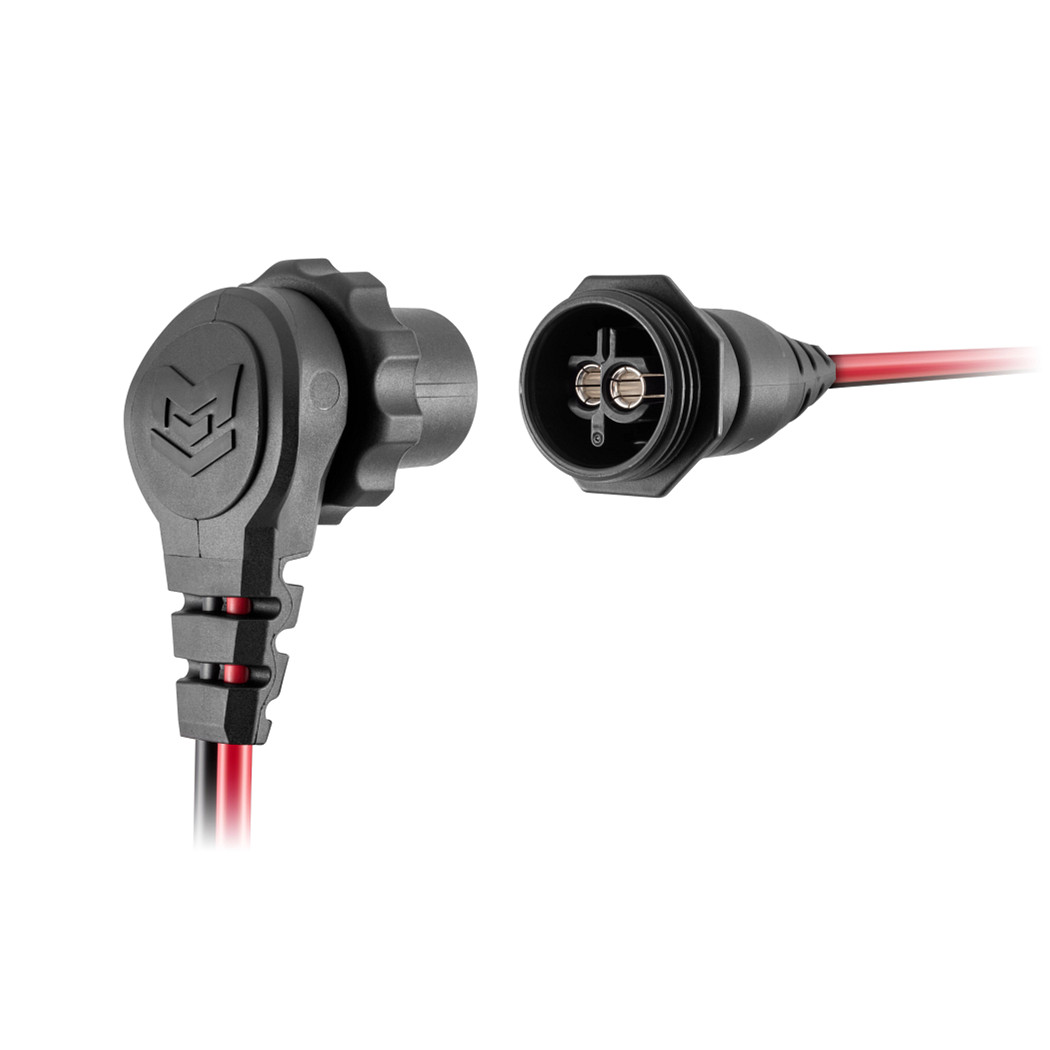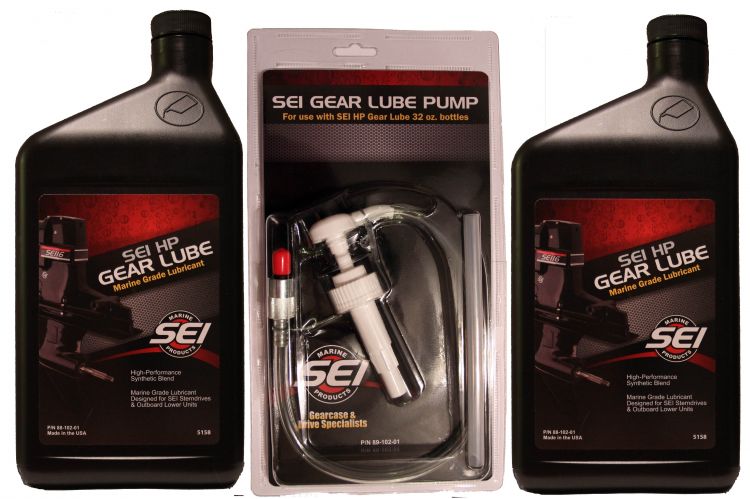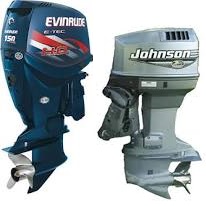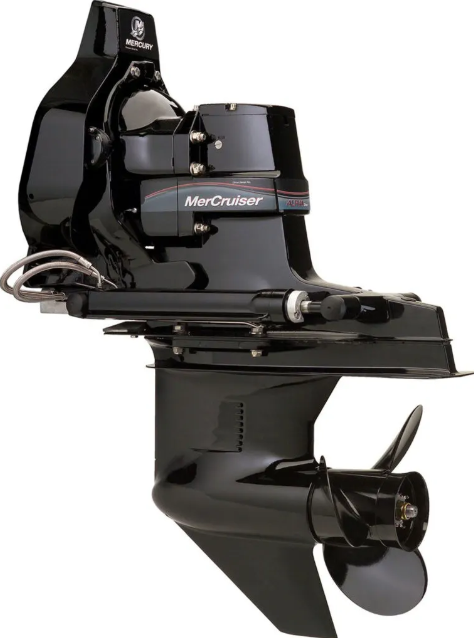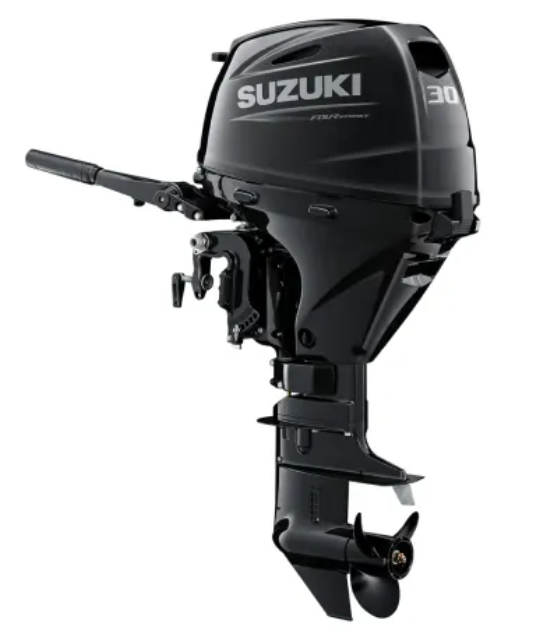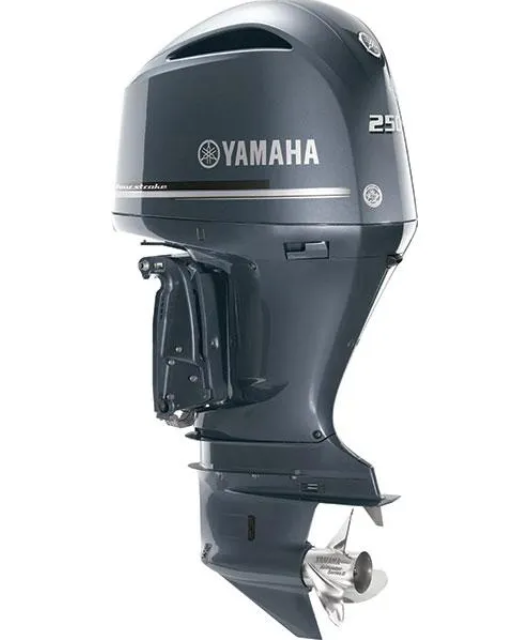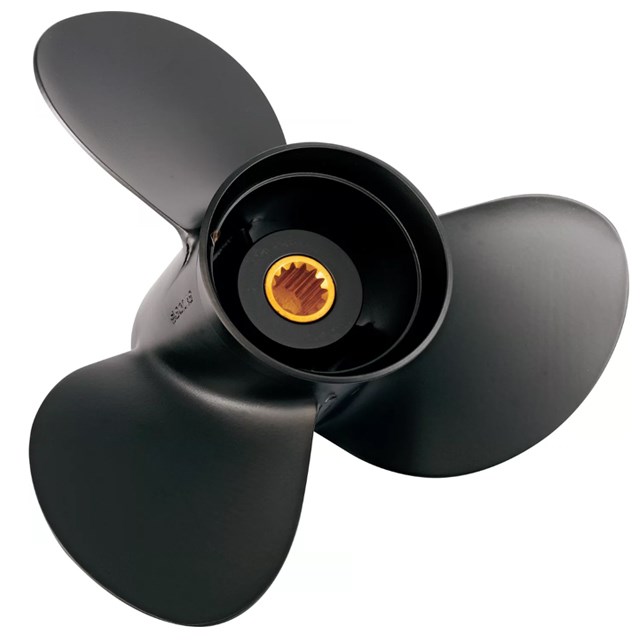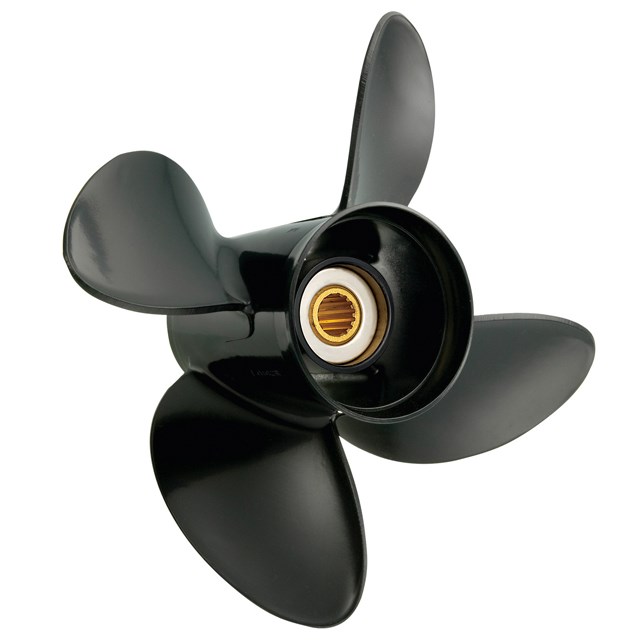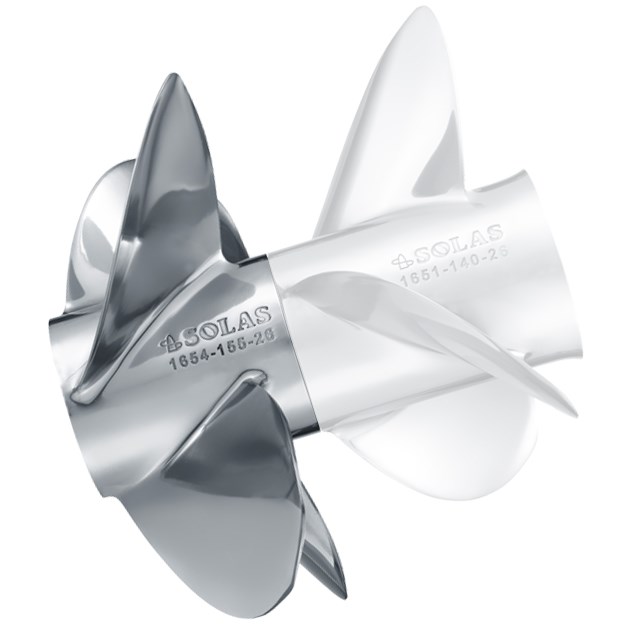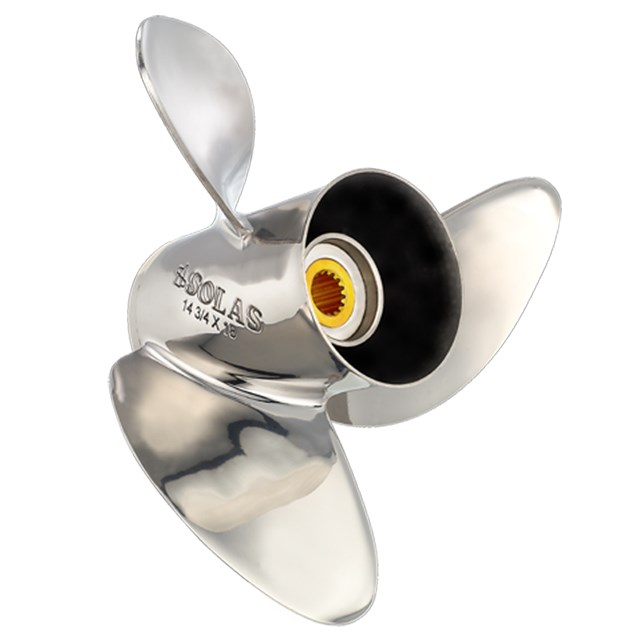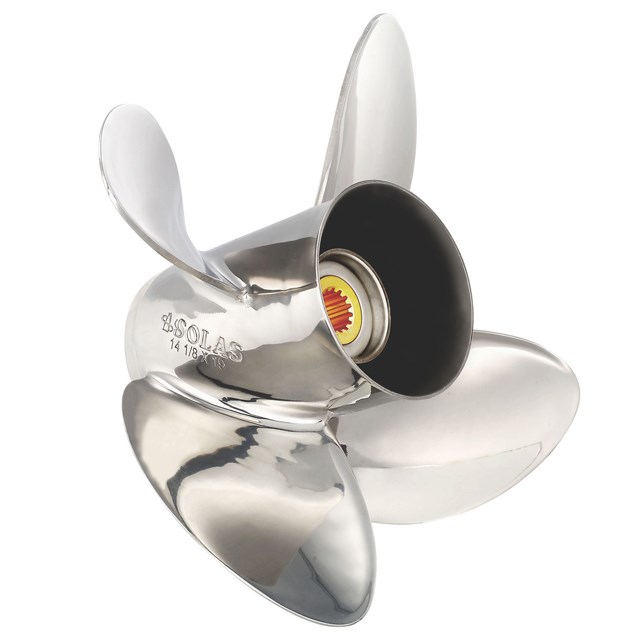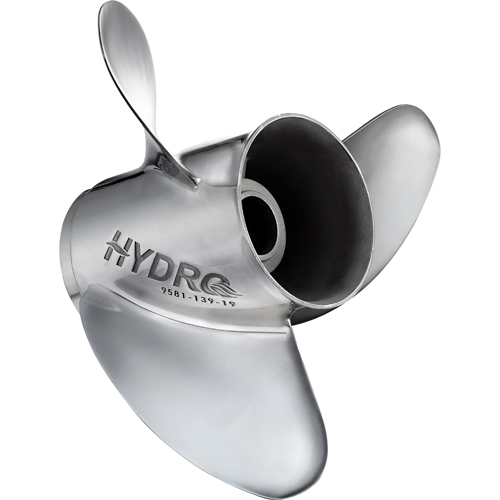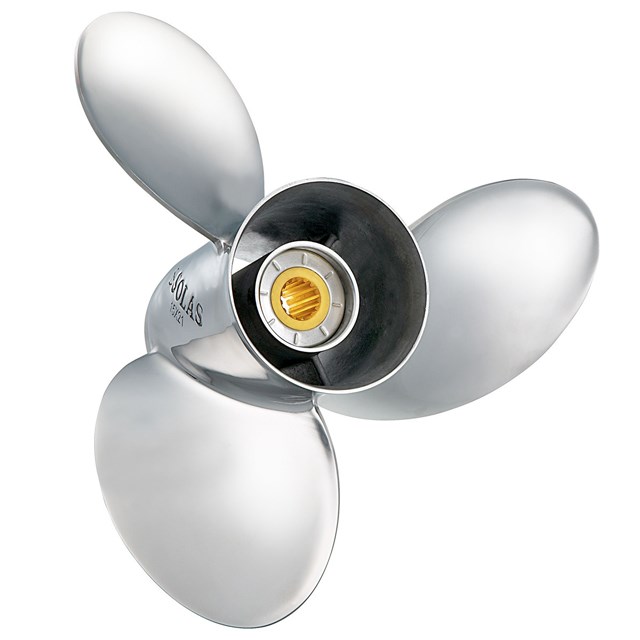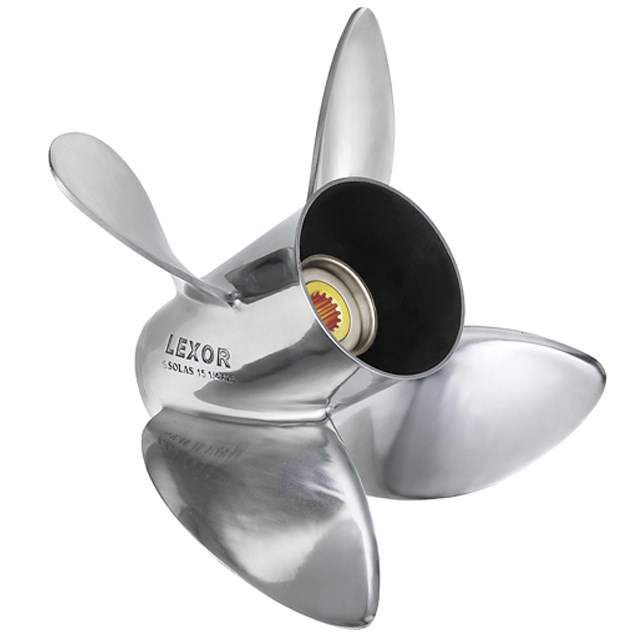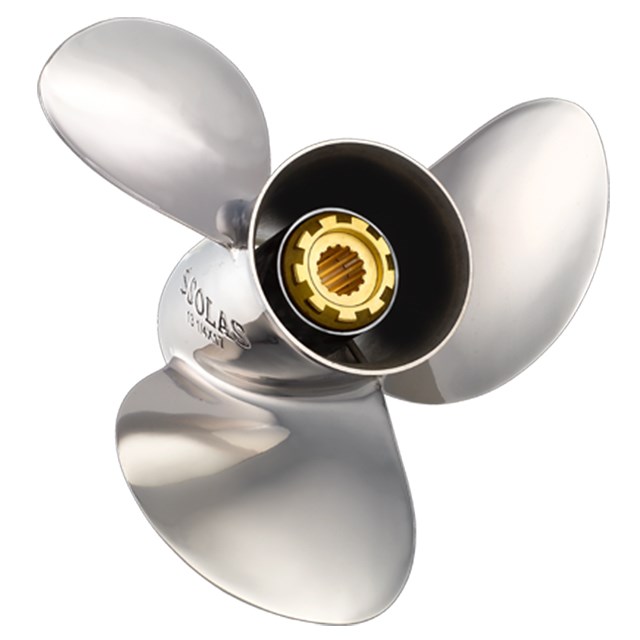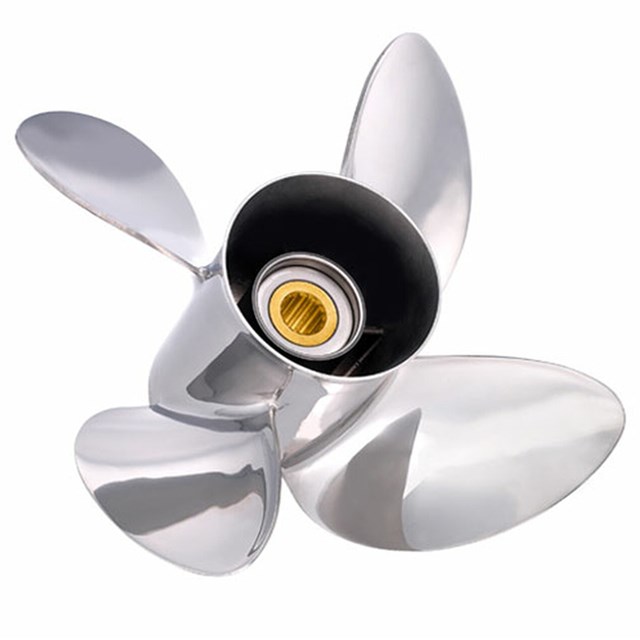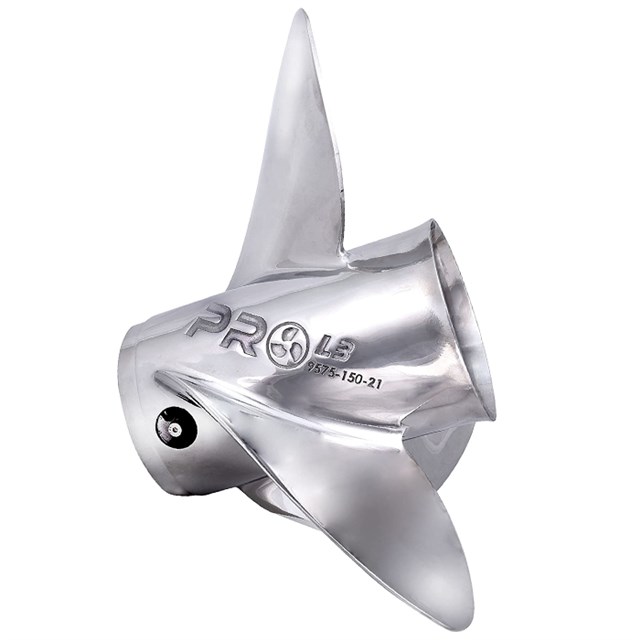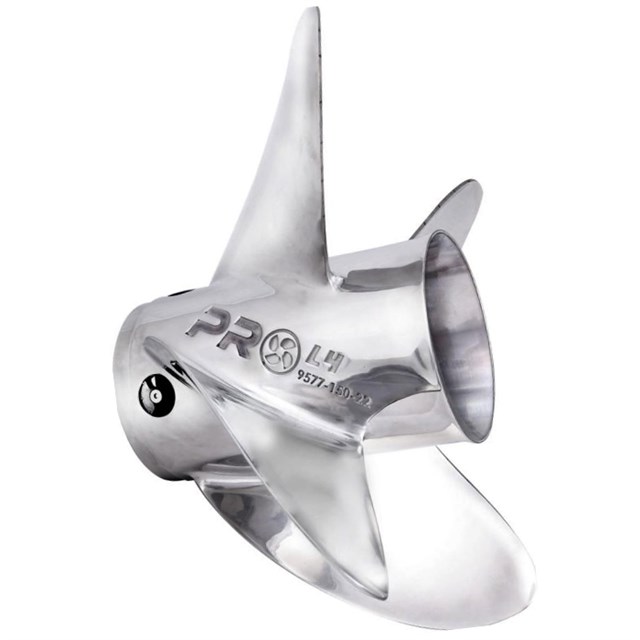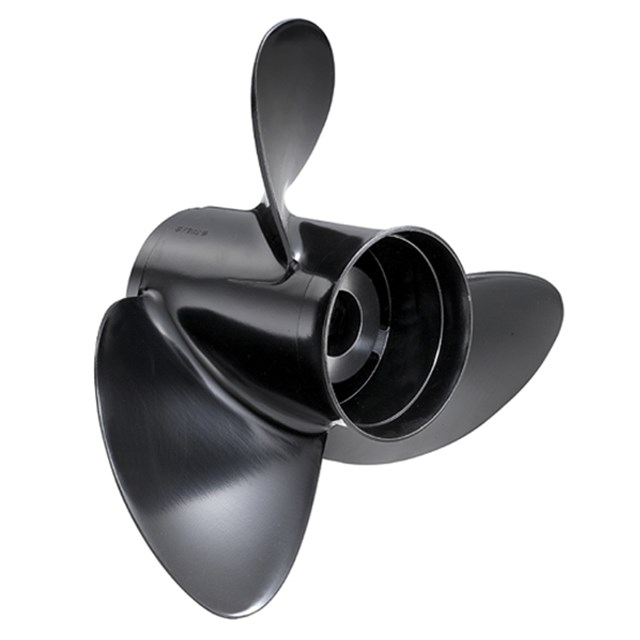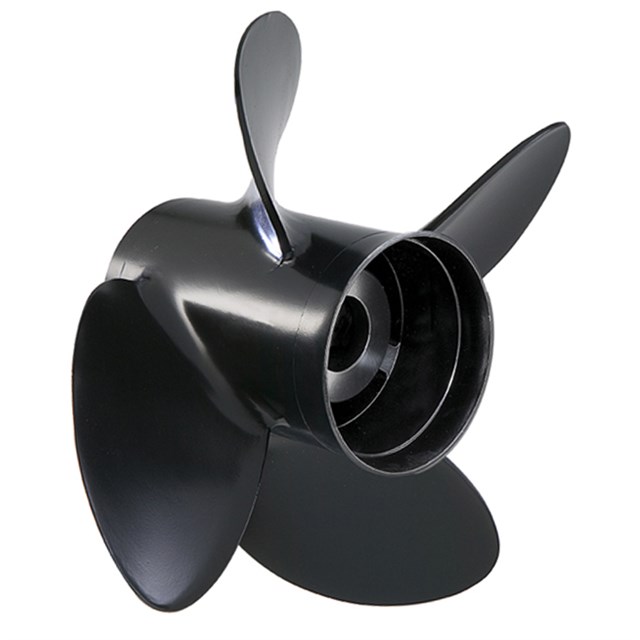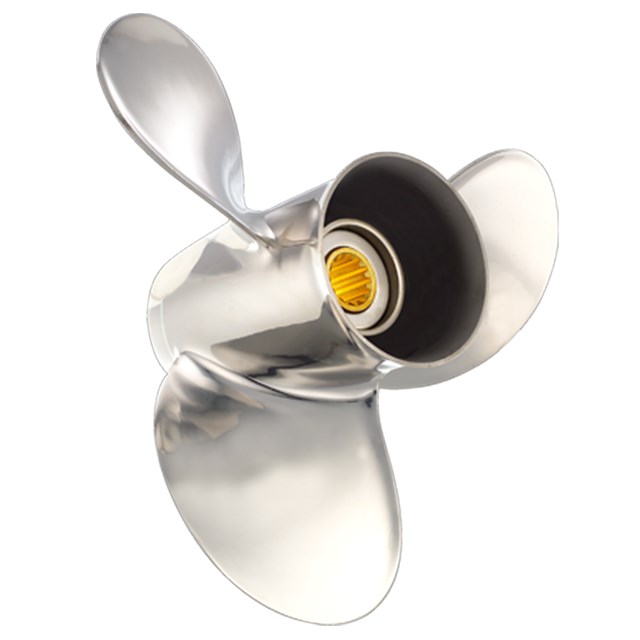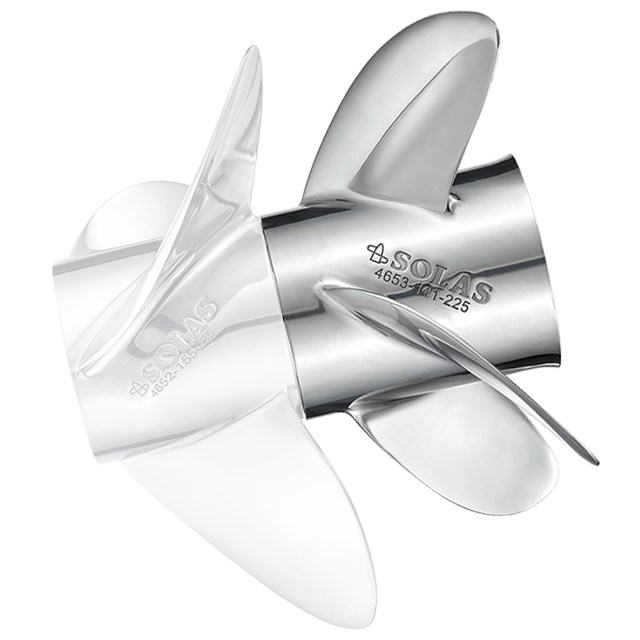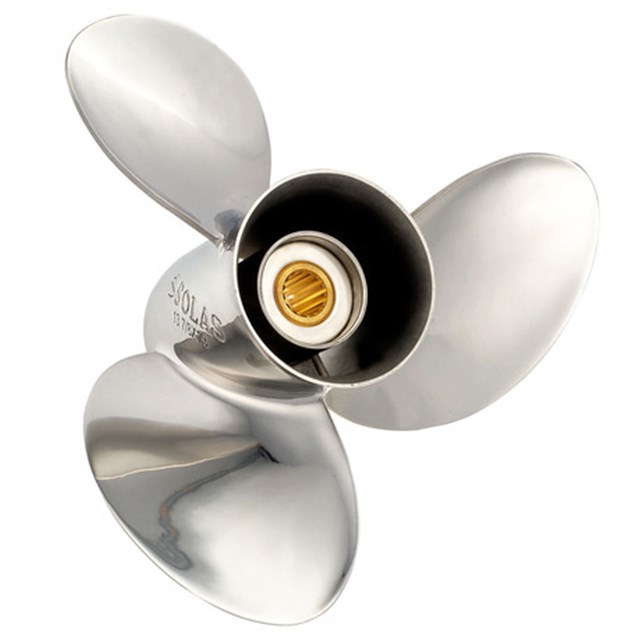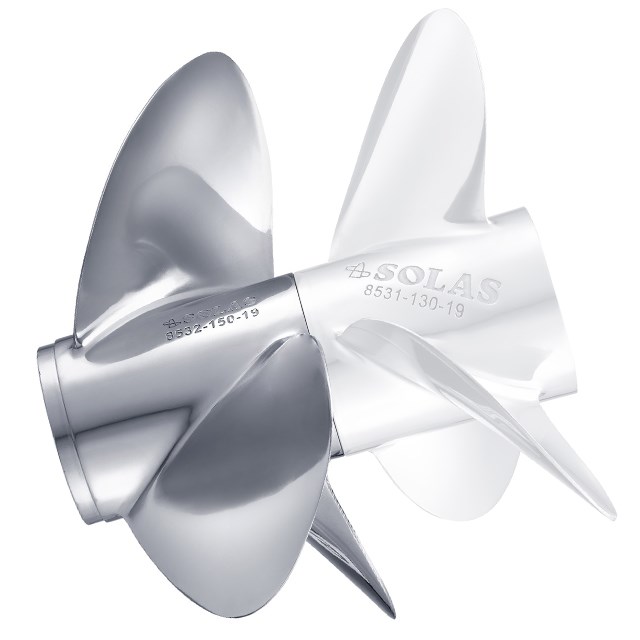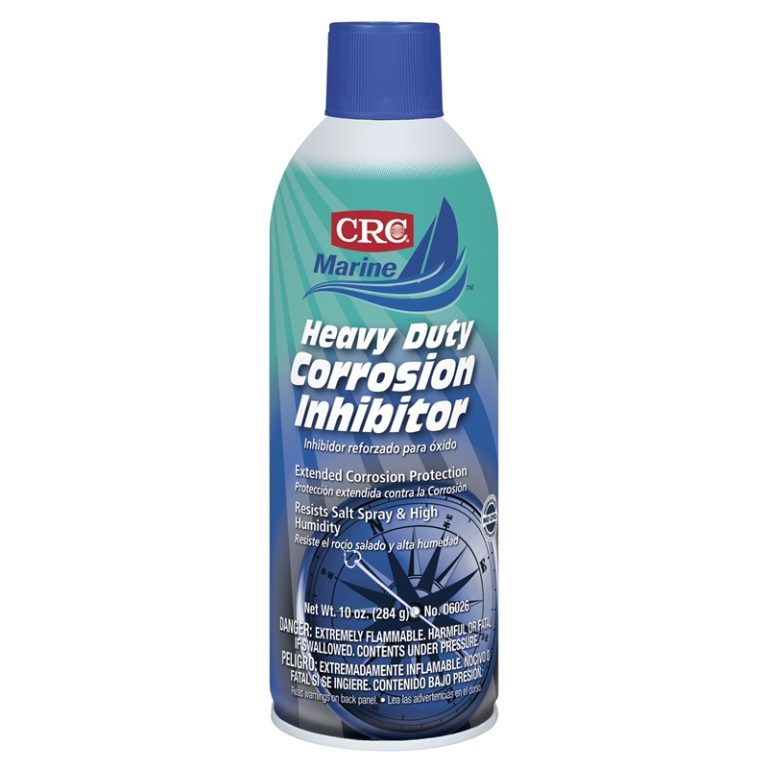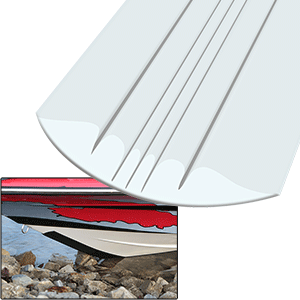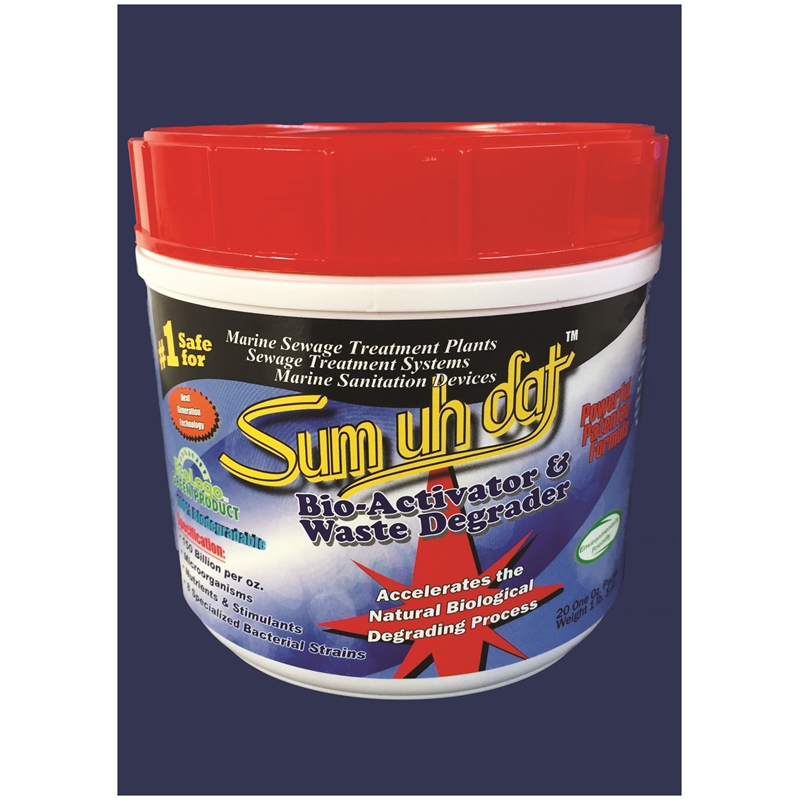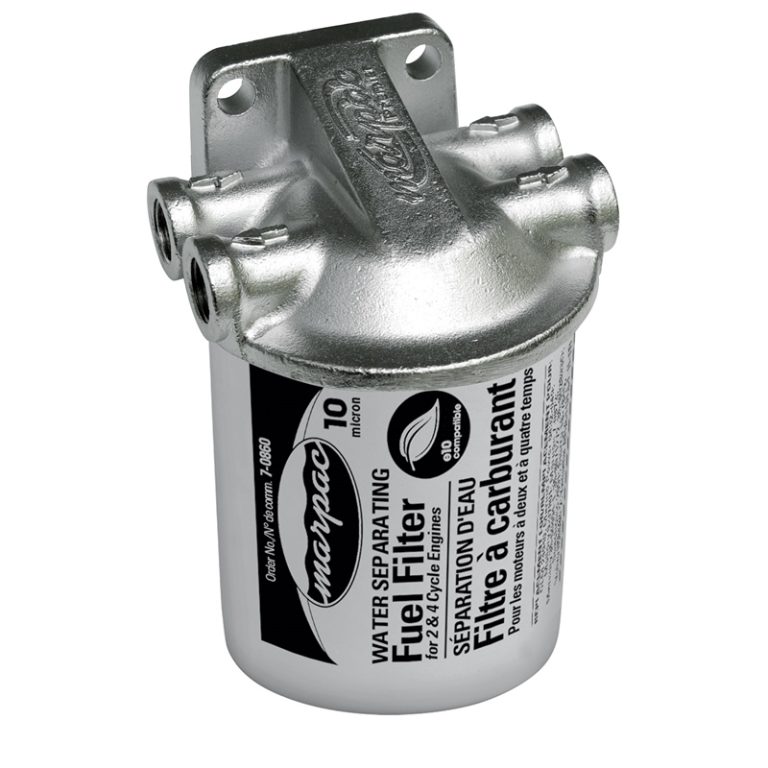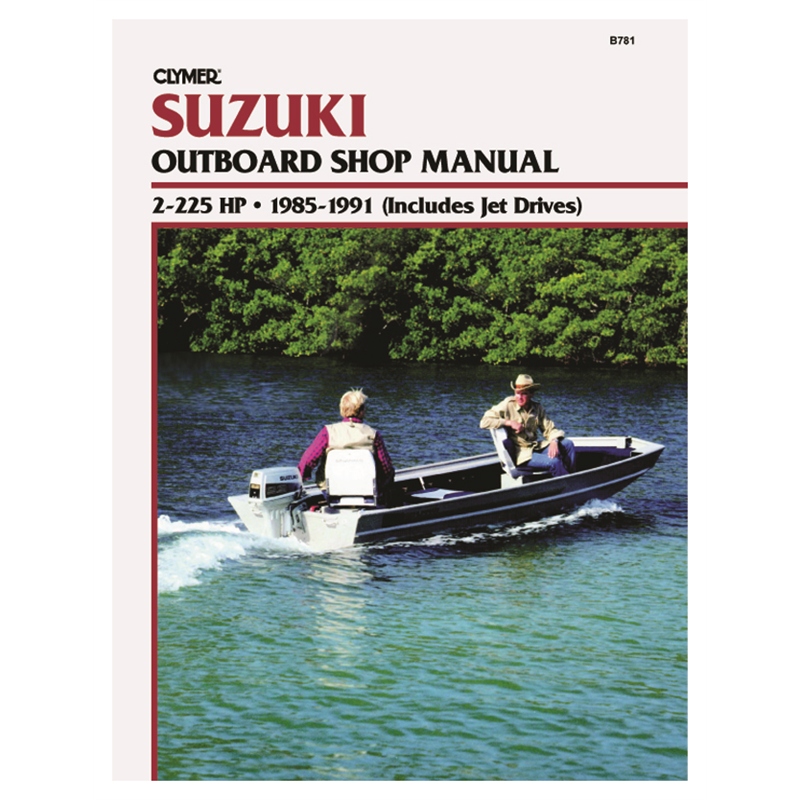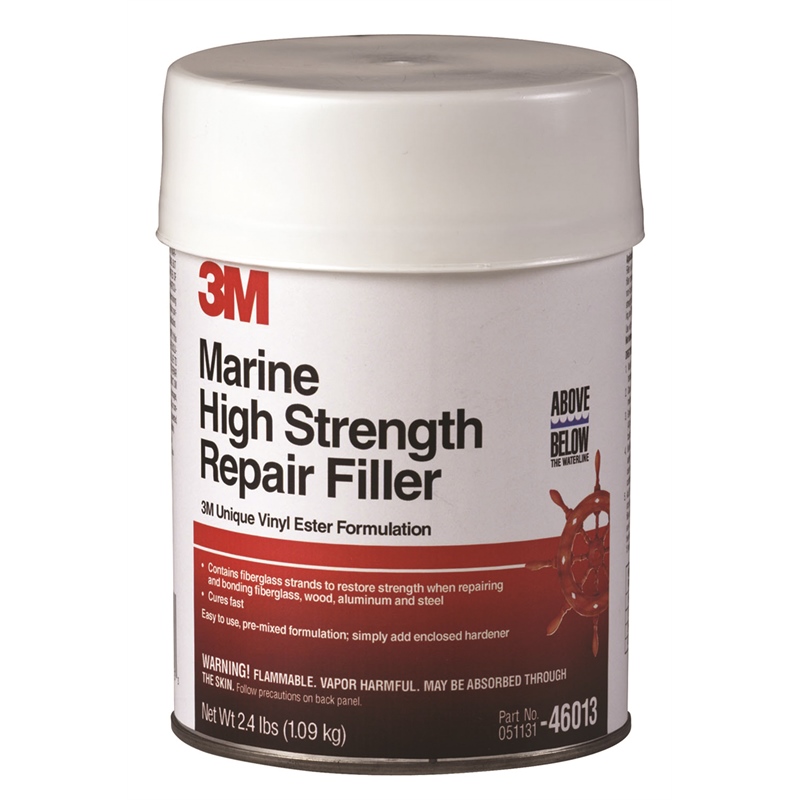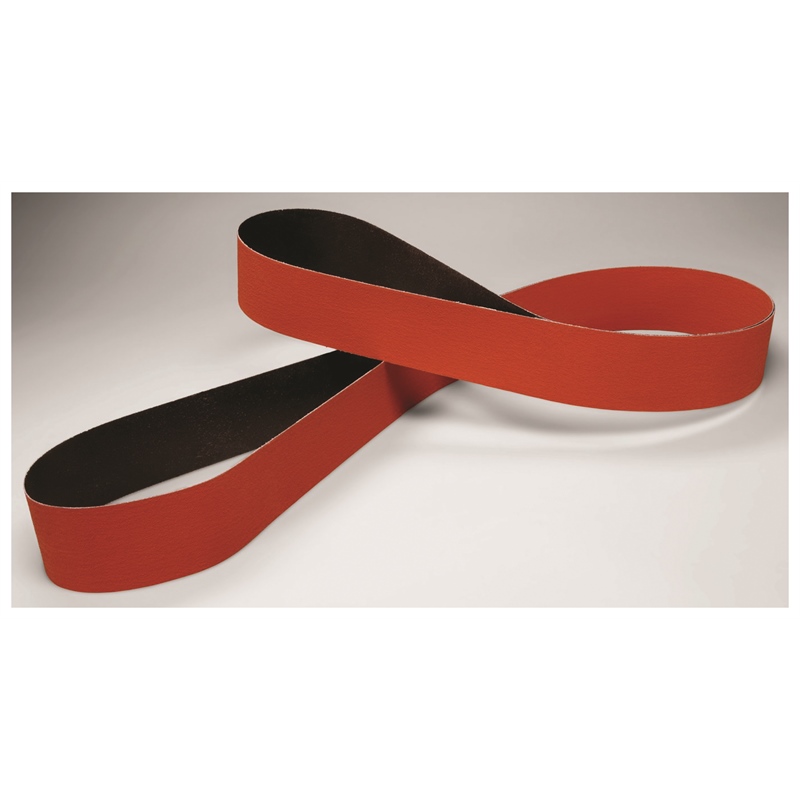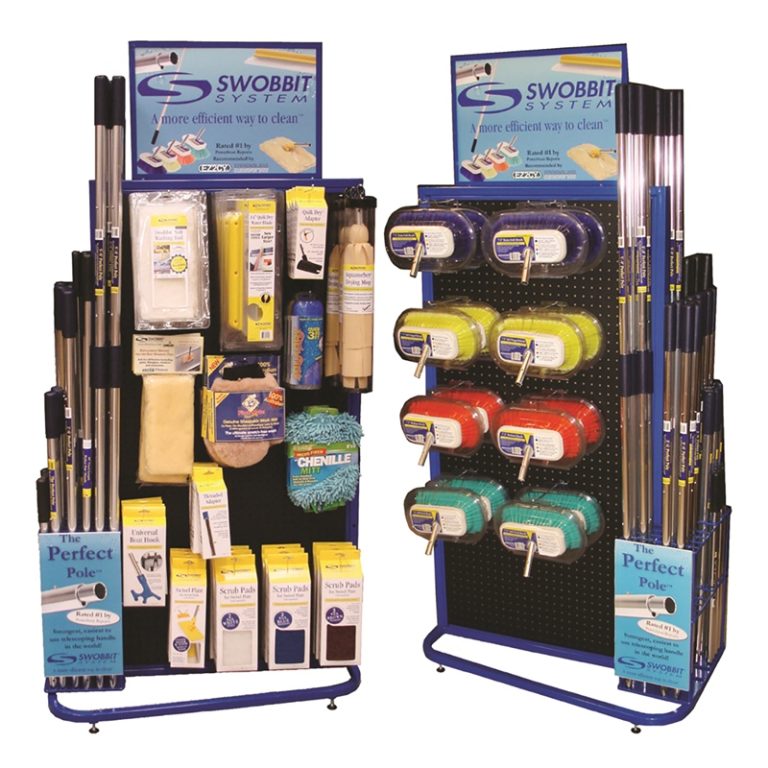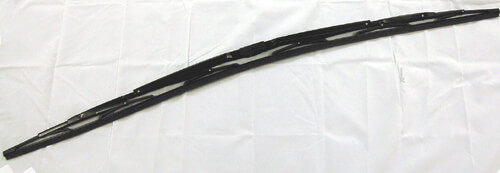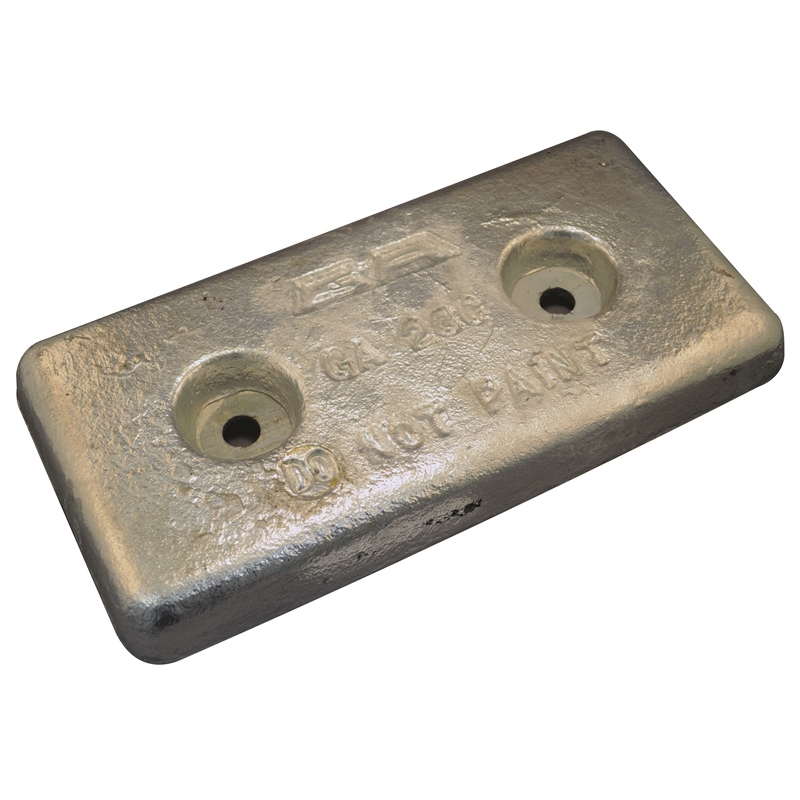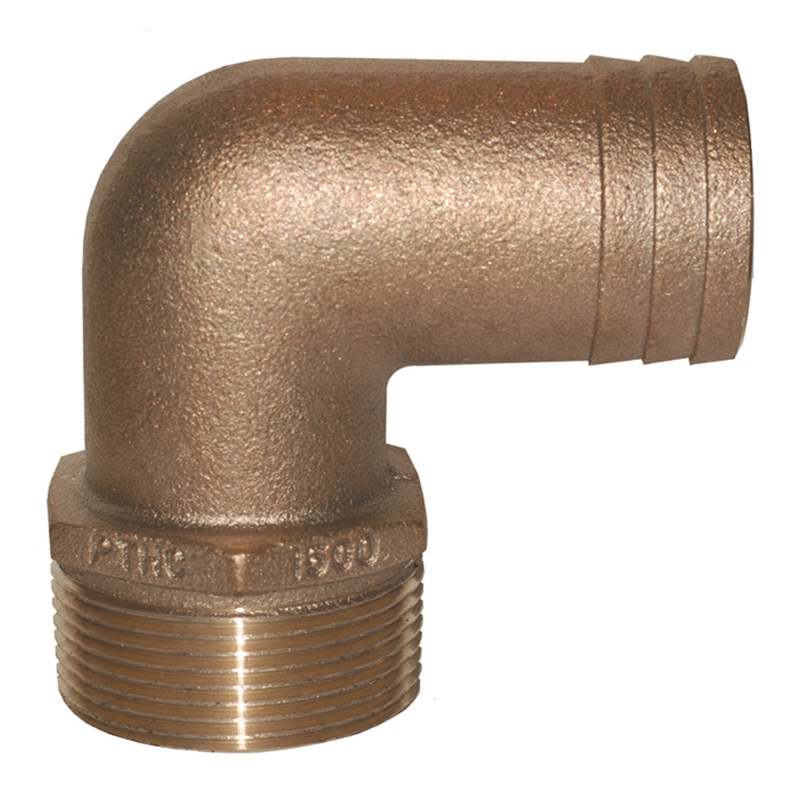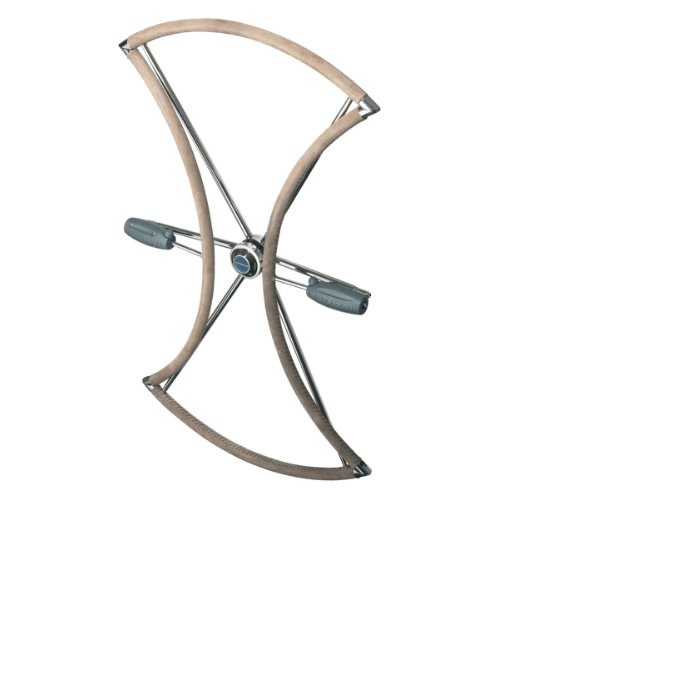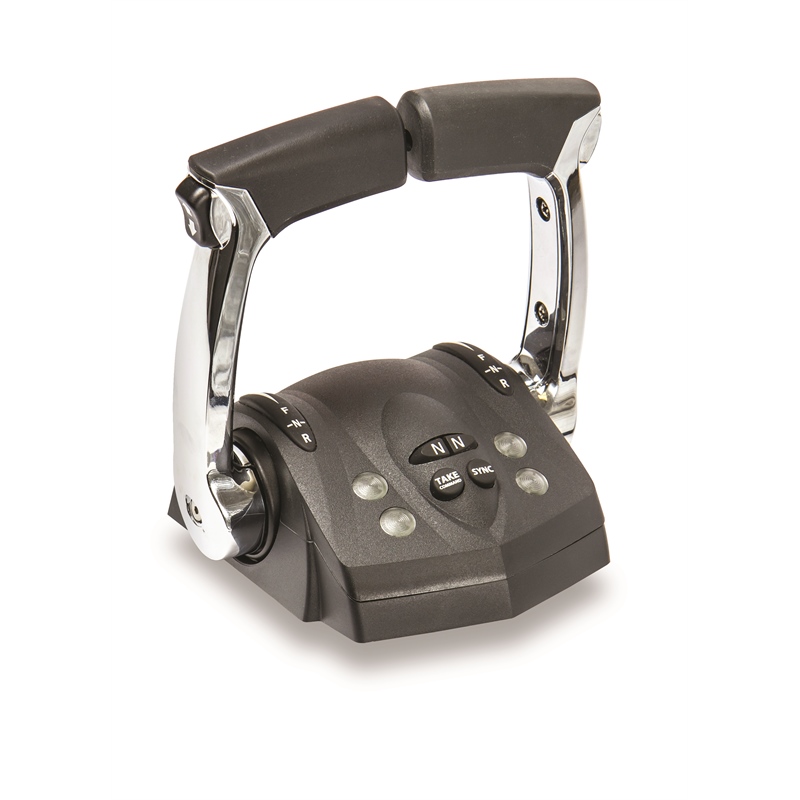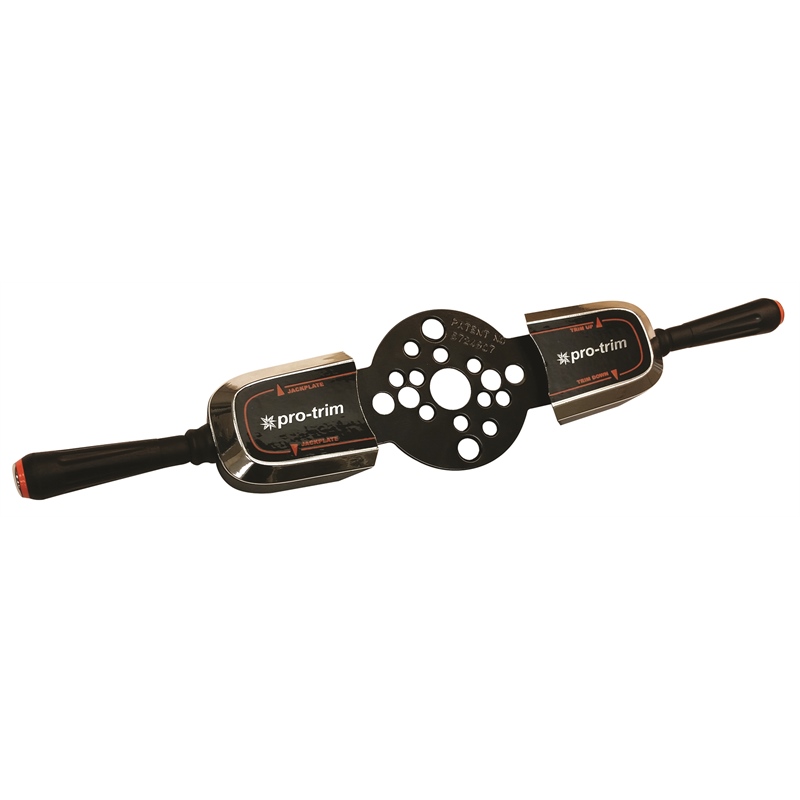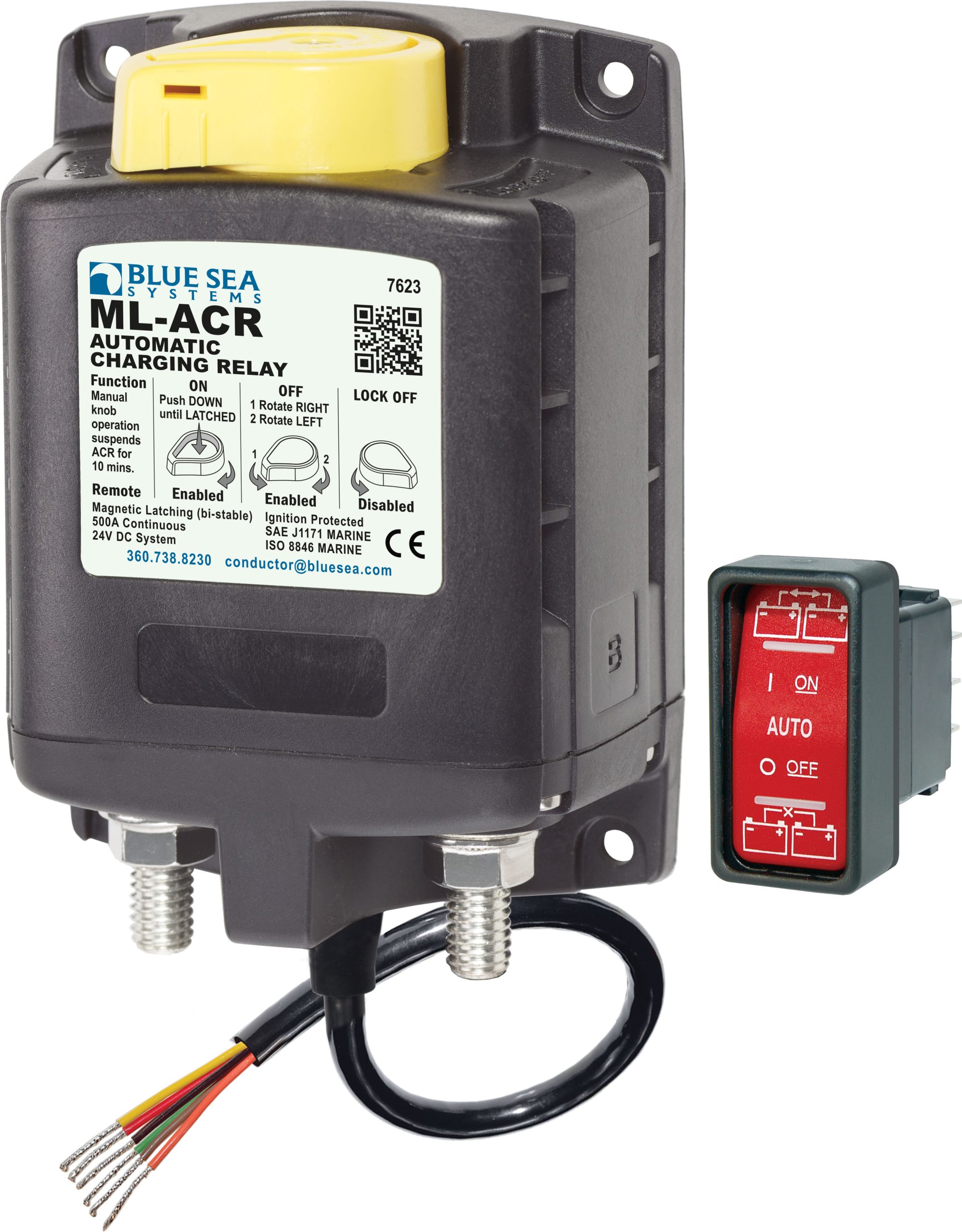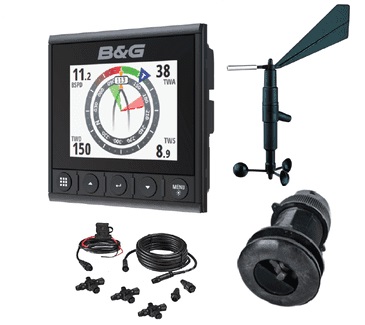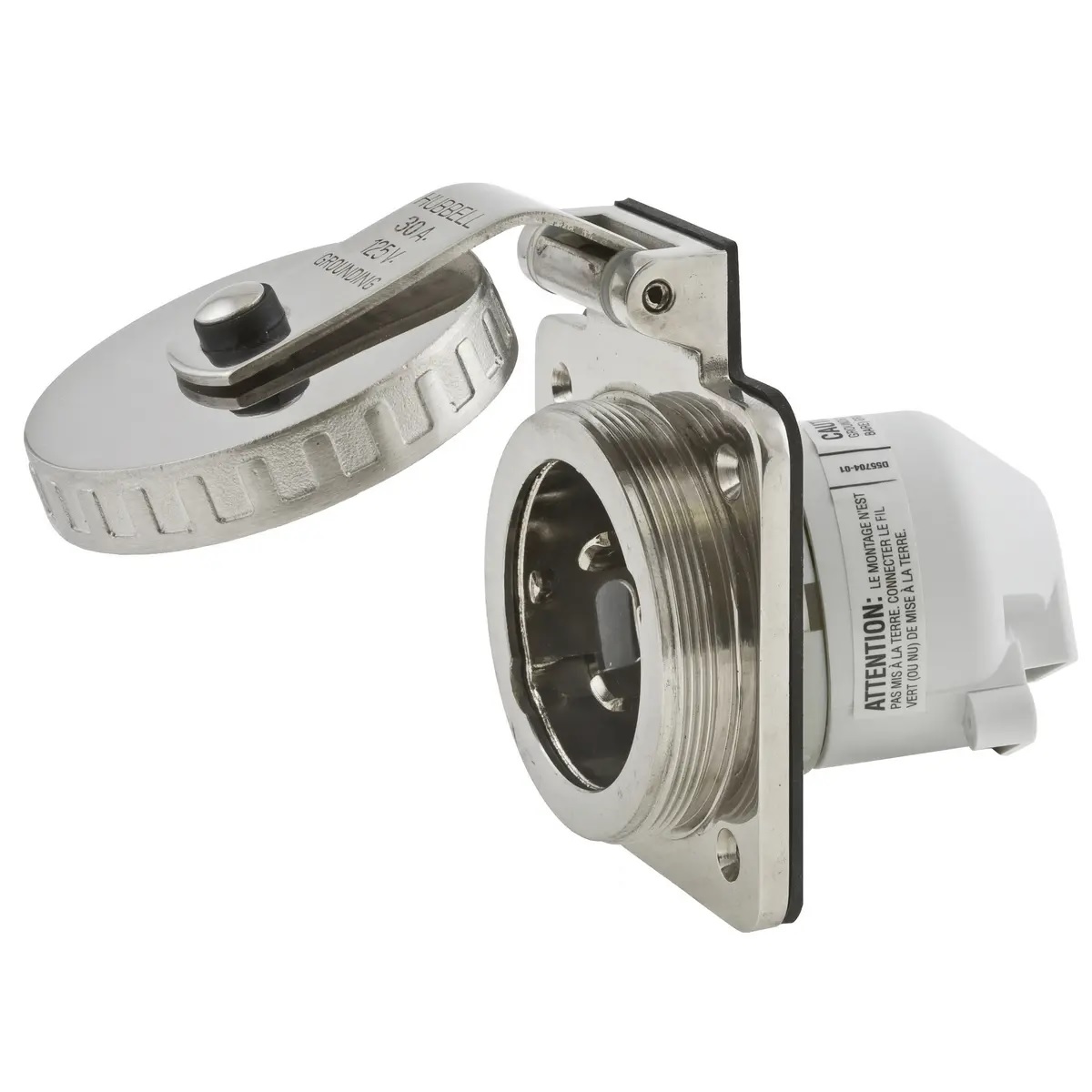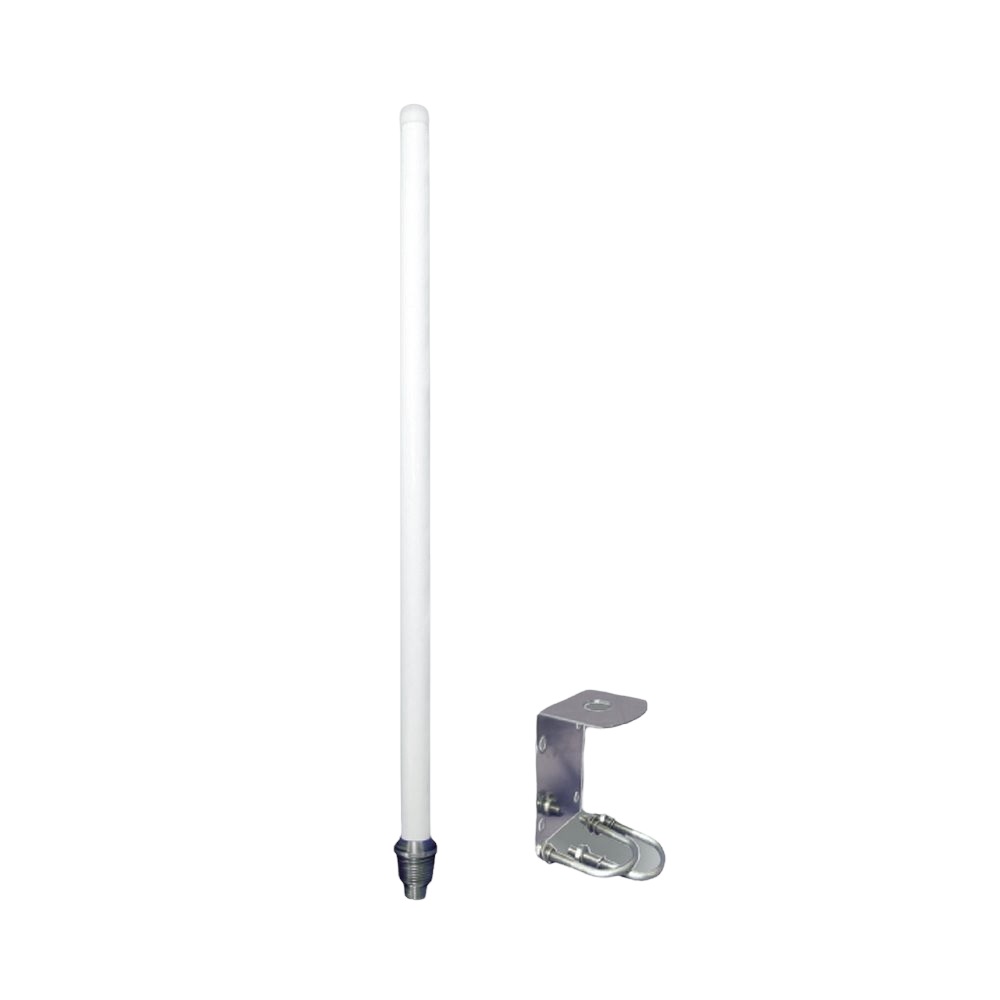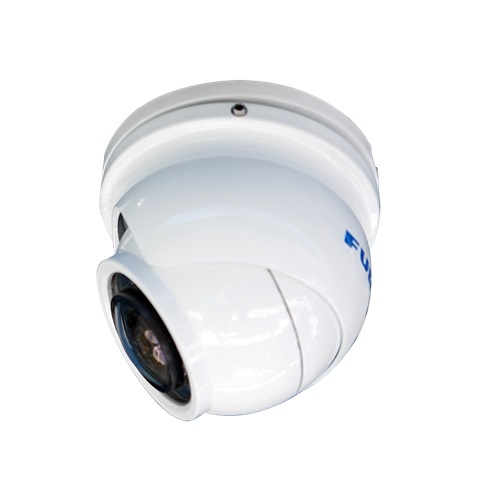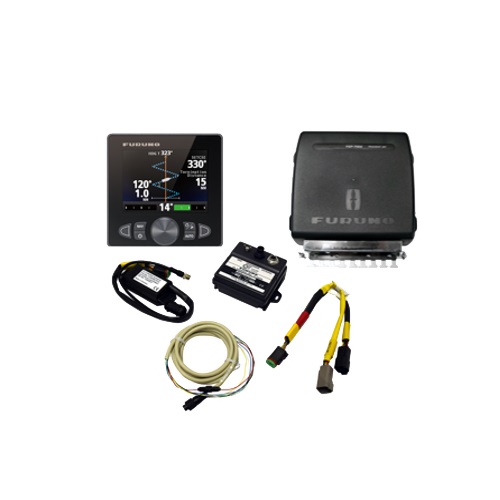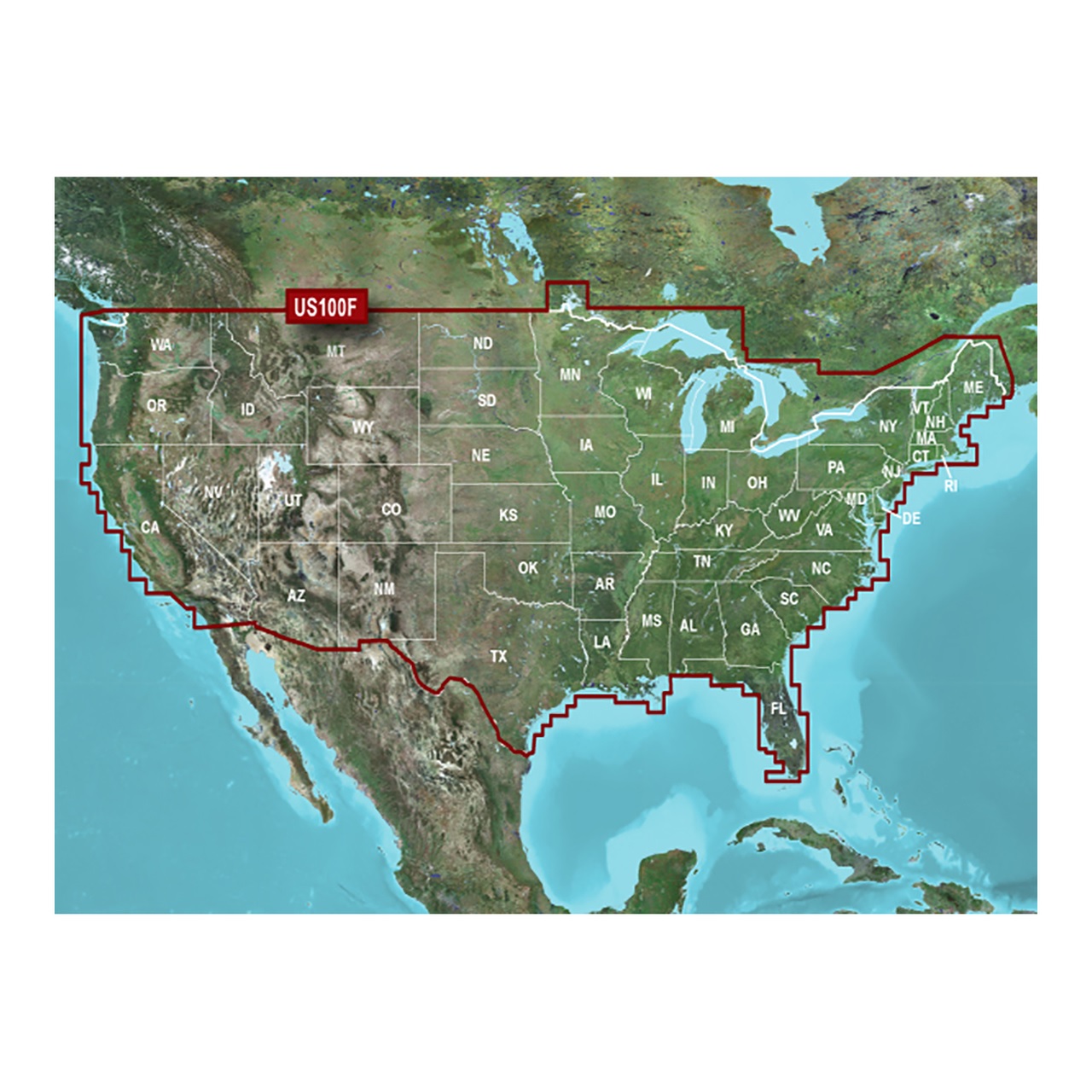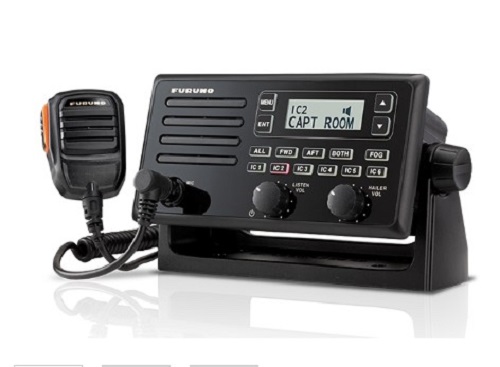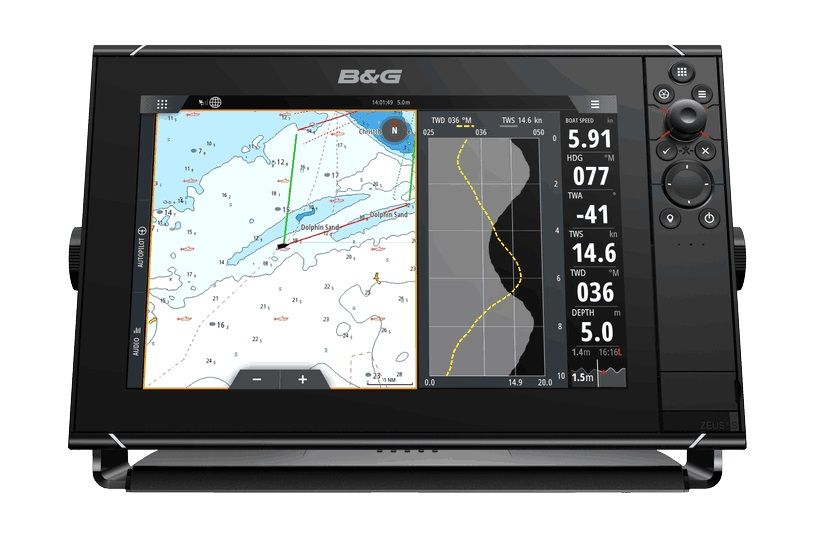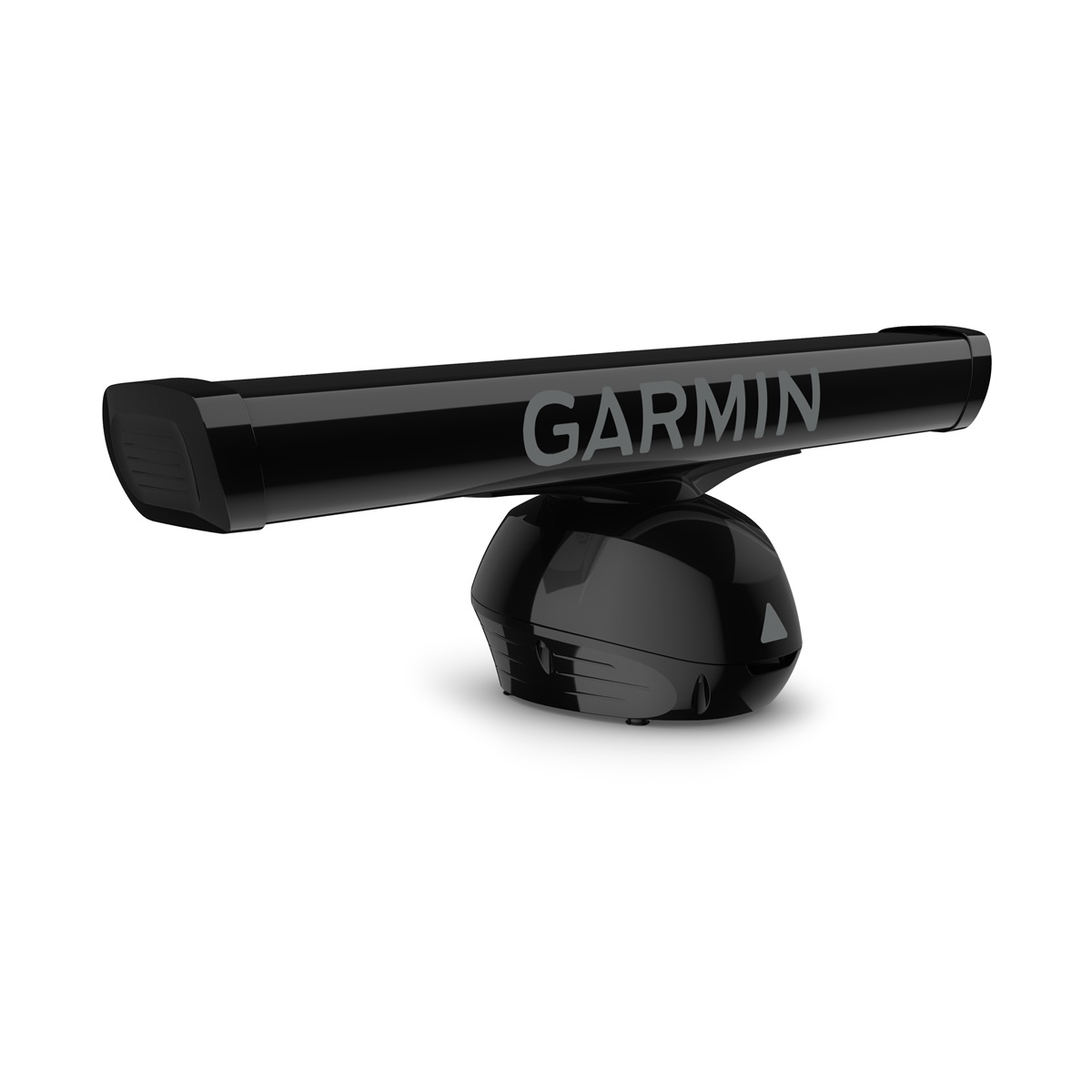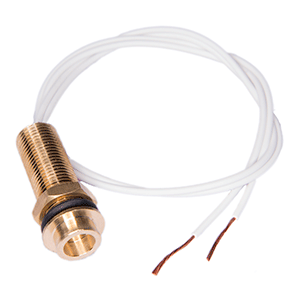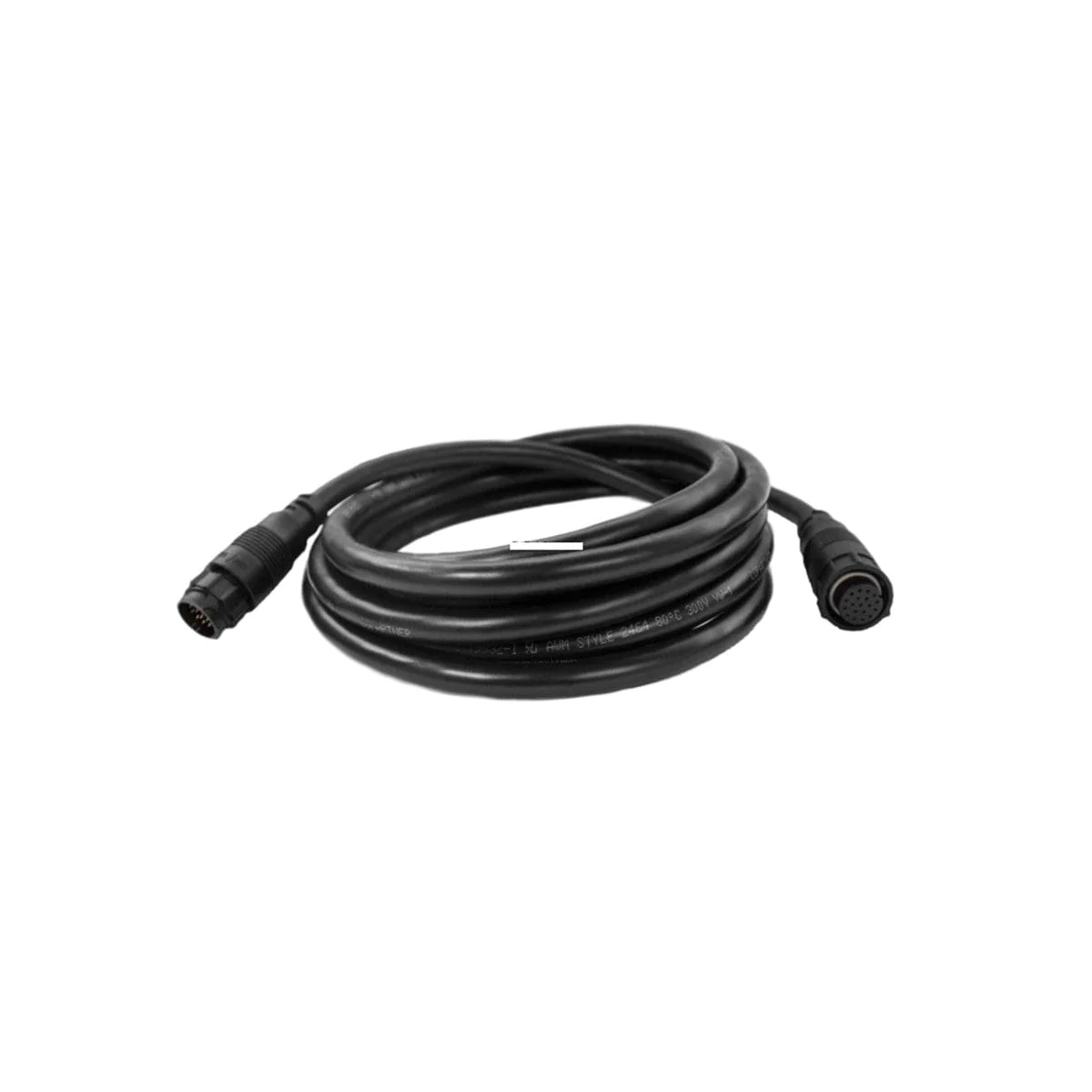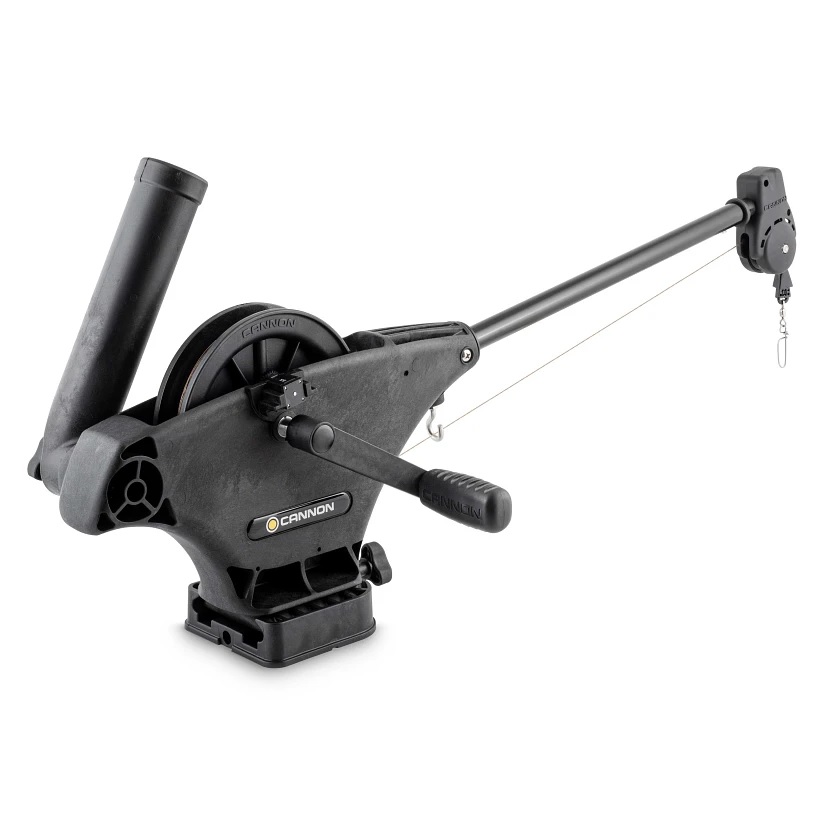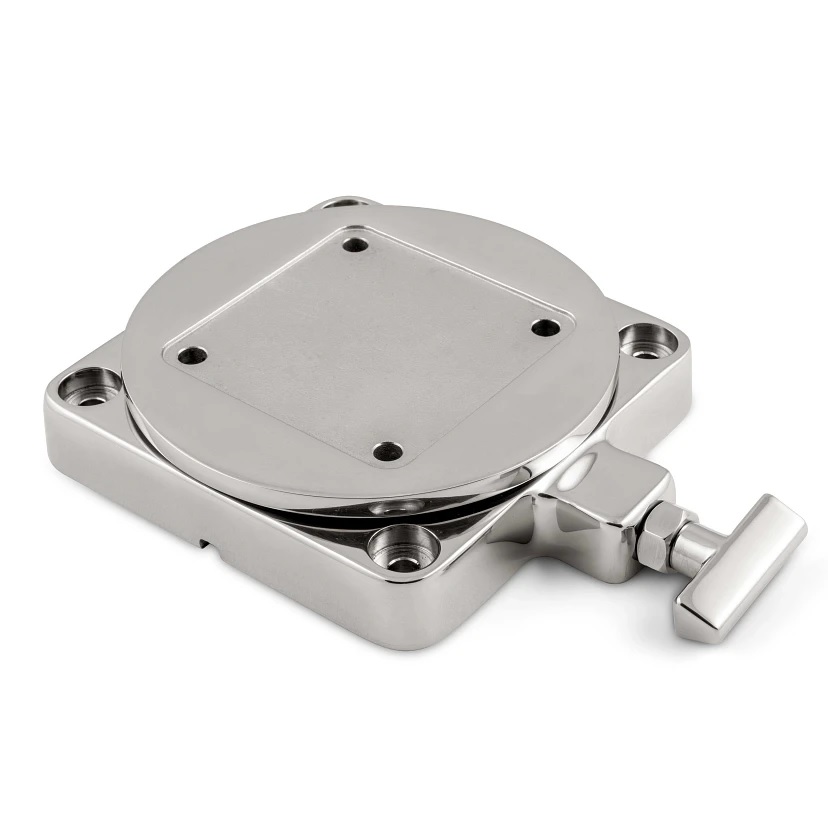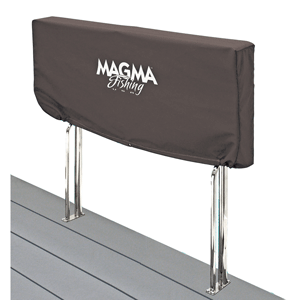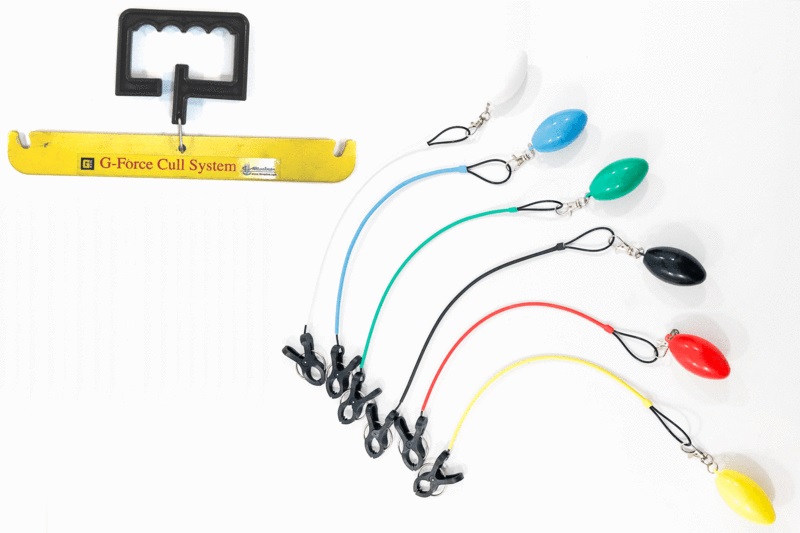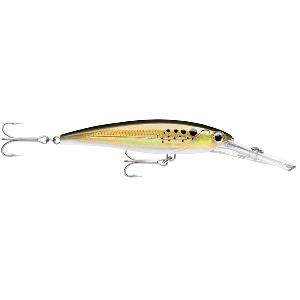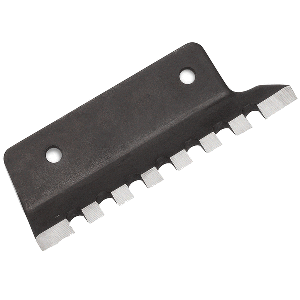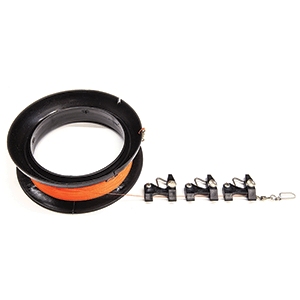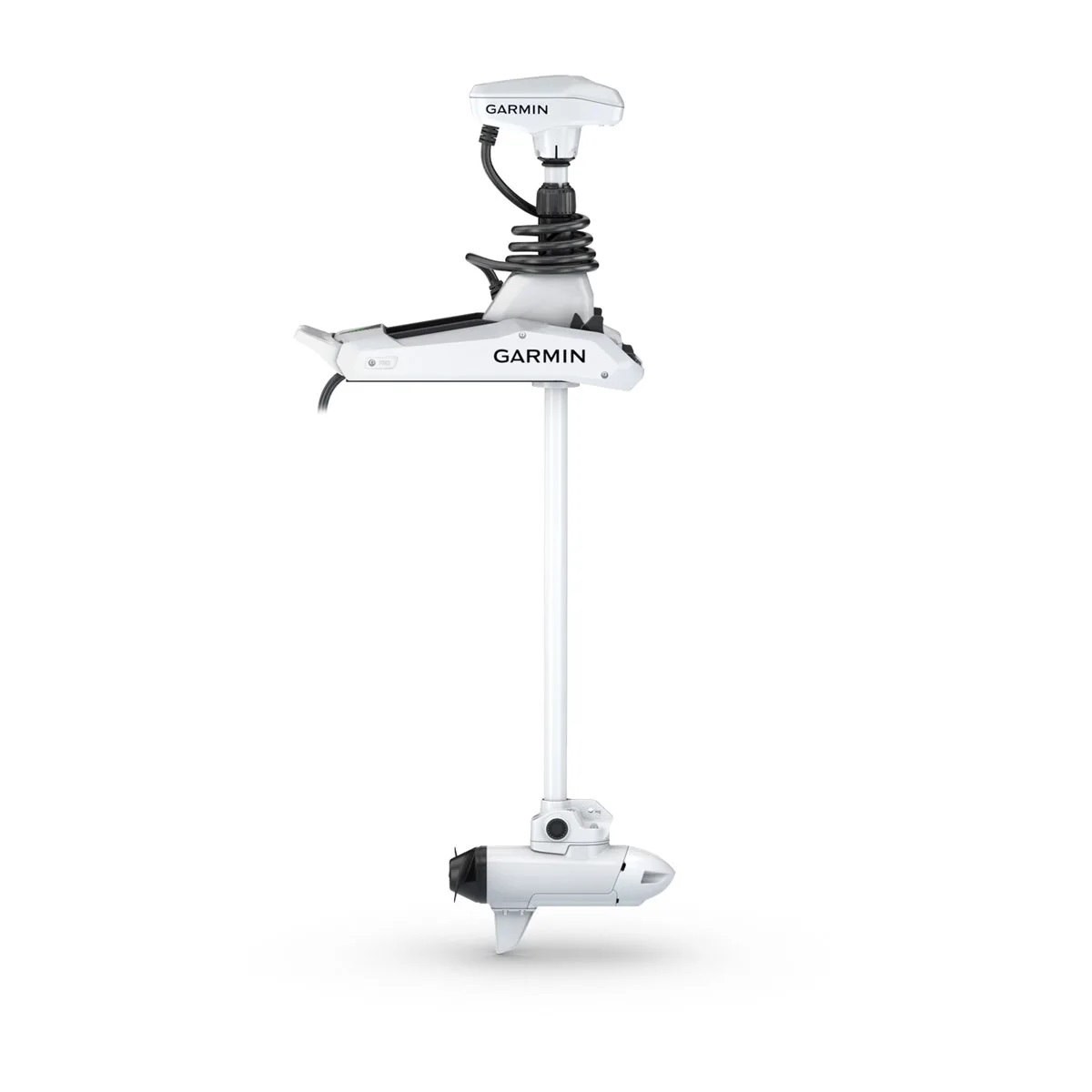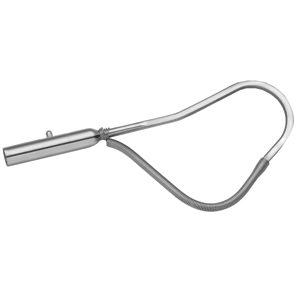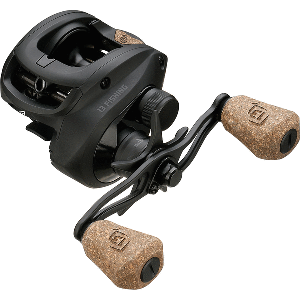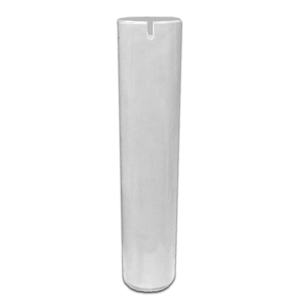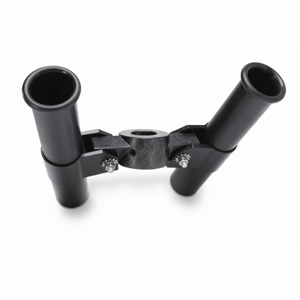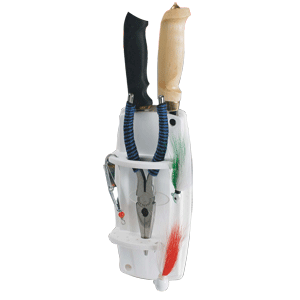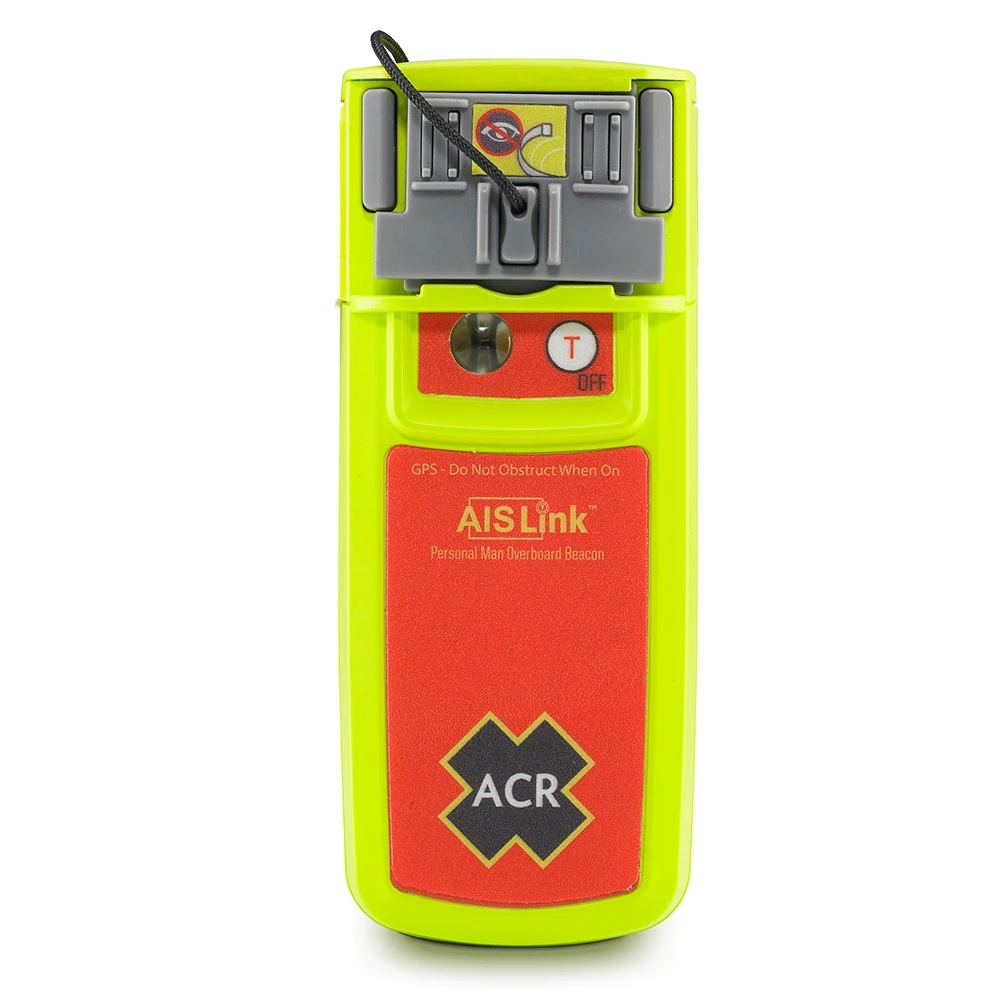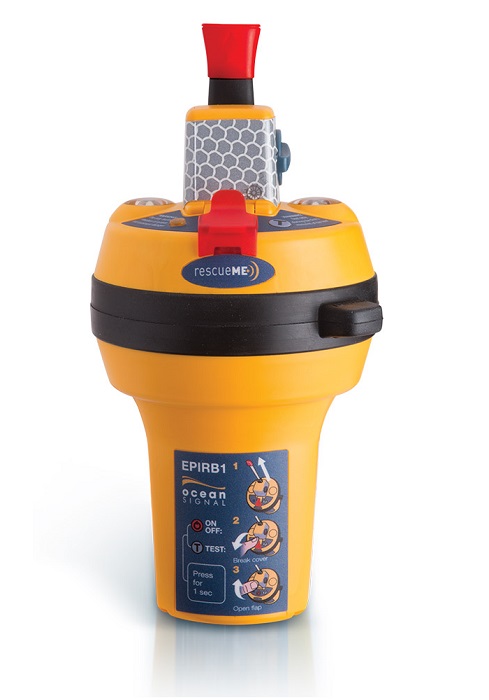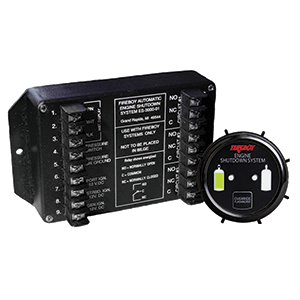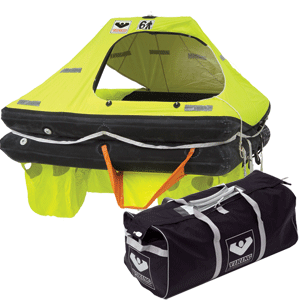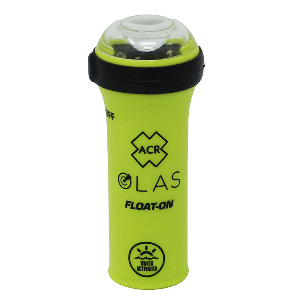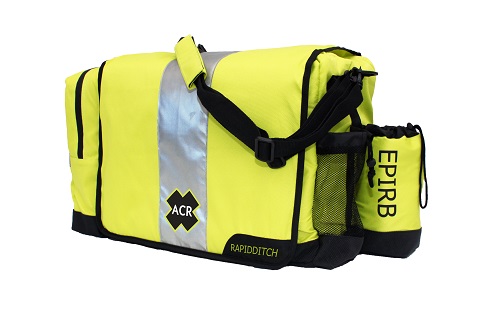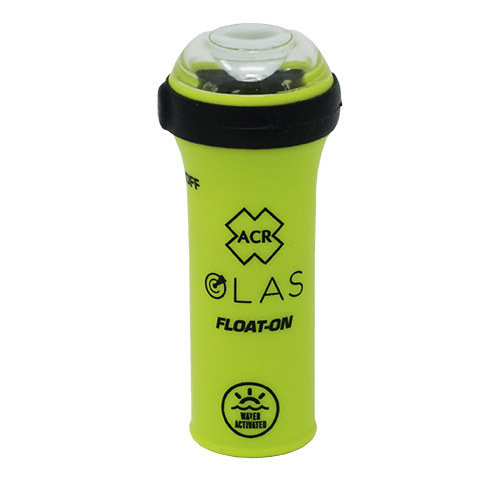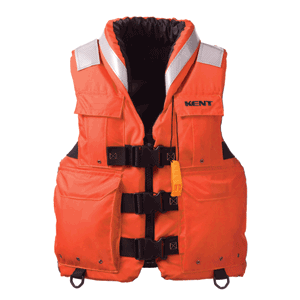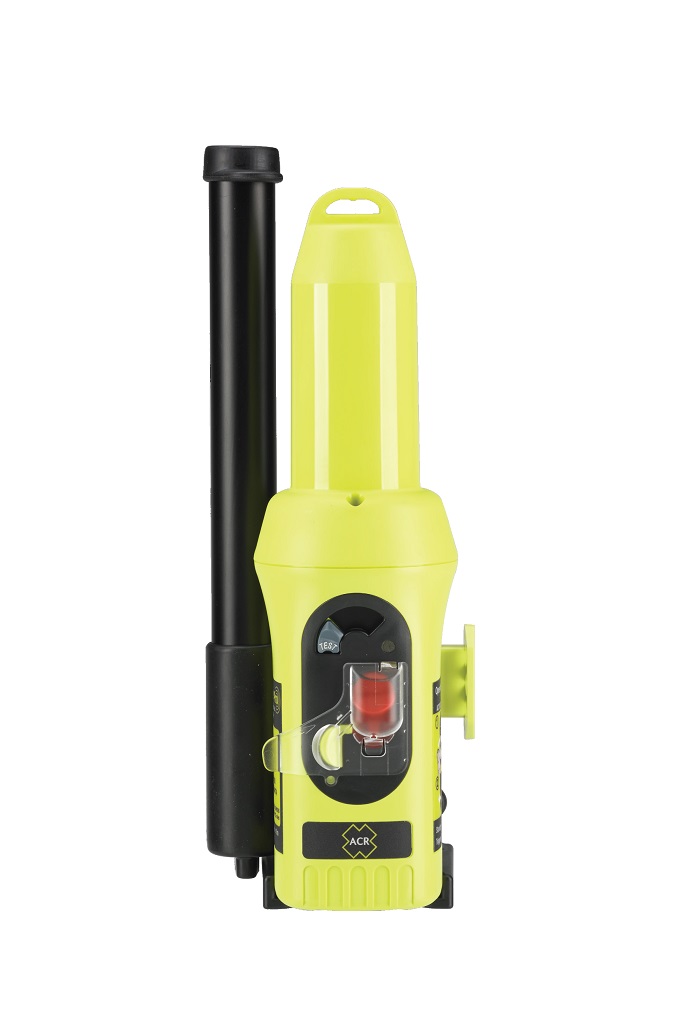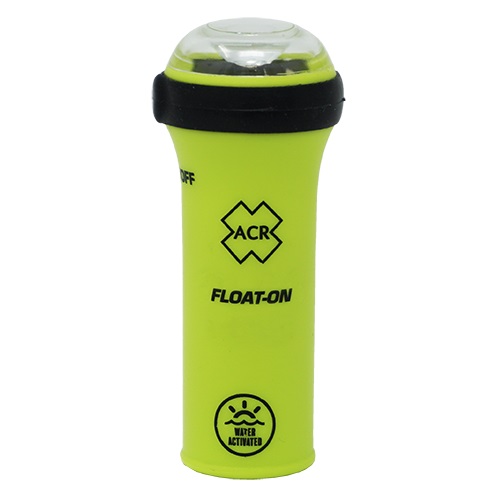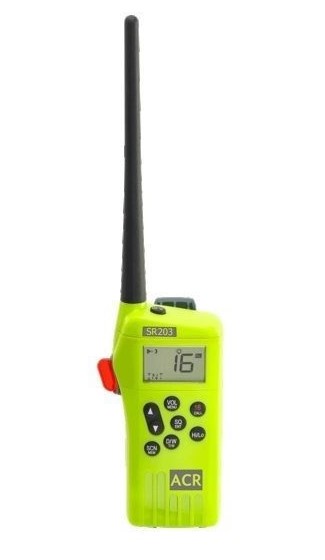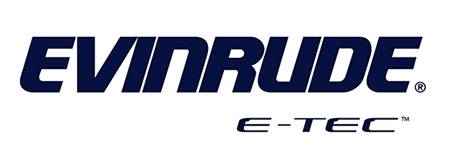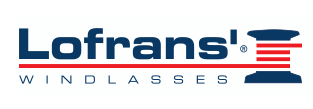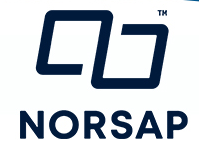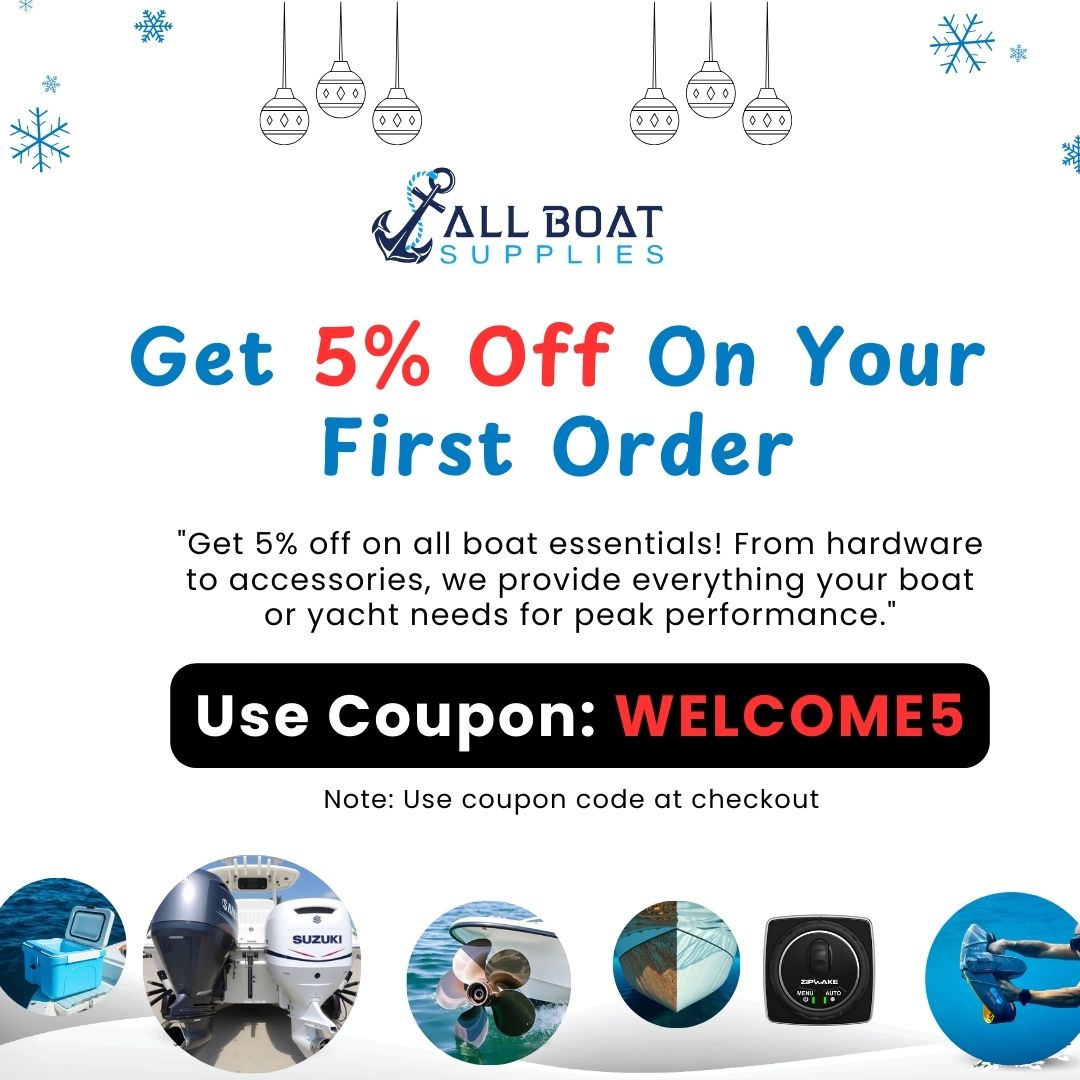Shift Bushing Assembly
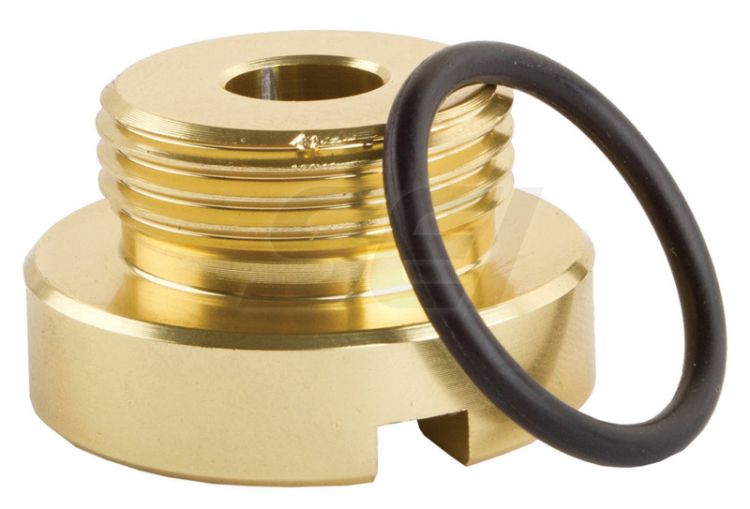
Introduction
The Shift Bushing Assembly for marine applications is a critical yet often overlooked component in Mercruiser Sterndrive systems, especially the Alpha One Gen I series. This compact yet powerful part ensures seamless shifting between gears, providing the essential linkage between the shift cable and the drive mechanism. Without it, the reliability and responsiveness of your engine’s gear transitions would suffer, which could lead to severe performance issues or costly repairs.
Understanding how the shift bushing works, when to replace it, and how to maintain it properly can save marine enthusiasts a considerable amount of time and money. Whether you are a boat owner performing seasonal maintenance or a marine mechanic upgrading sterndrive parts, knowing about this small but mighty component is vital.
Overview / What Is Shift Bushing Assembly?
The shift bushing assembly for marine engines is designed to facilitate smooth movement of the shift cable as it engages and disengages gears within the drive system. Typically found in the shift plate or shift bracket of Mercruiser Alpha One Gen I sterndrives, this assembly includes a bushing and retainer that hold the cable in perfect alignment. This ensures accurate control and reduces play in the shift linkage.
Because the shift mechanism operates in a high-stress, corrosion-prone environment, using a durable and corrosion-resistant shift bushing assembly is crucial. A worn or misaligned bushing can result in hard shifting, gear slippage, or inability to shift altogether. It’s a small part with a significant impact on your boat’s performance.
Common Symptoms of a Failing Shift Bushing
Early detection of shift bushing wear can prevent major engine damage. Be aware of these symptoms:
- Hard or stiff shifting when changing gears
- Inconsistent gear engagement
- Gear slipping, especially at idle speeds
- Vibration or rattling near the shift plate
If you observe any of these signs, it might be time to replace your shift bushing assembly for marine reliability and safety.
Why Quality Matters in Shift Bushing Assemblies
The best shift bushing assembly options are those made from marine-grade materials like stainless steel or high-density polymer. These materials resist corrosion, deformation, and friction. Cheaper alternatives may wear quickly, leading to repeat repairs and eventual damage to surrounding shift linkage components.
Investing in a high-quality shift bushing assembly ensures smoother operation, longer life of the cable system, and better gear alignment — all contributing to a safer and more responsive boating experience.
Maintenance Tips
Maintaining your shift bushing assembly for marine applications is straightforward but essential. Here are a few tips to keep it in top shape:
- Regular Inspection: Check the shift assembly every 50–100 hours of operation or annually, whichever comes first.
- Lubrication: Use marine-grade grease to reduce friction and resist water intrusion.
- Corrosion Checks: Saltwater can accelerate corrosion. Rinse the area with fresh water after use in saltwater environments.
- Replace When Needed: Don’t wait for total failure. Replace bushings at the first sign of wear.
Consistent maintenance prolongs the life of your shift linkage system and ensures safe and reliable gear shifting.
How to Install a Shift Bushing Assembly
Installing a new shift bushing assembly is a moderately simple DIY project for boat owners. Here’s a general outline of how to do it:
- Disconnect the battery to avoid accidental engine engagement.
- Remove the shift cable from the bracket or plate where the bushing is located.
- Carefully extract the old bushing and clean the cavity of any debris or corrosion.
- Insert the new shift bushing and secure it using the provided retainer or clip.
- Reconnect the shift cable and test for smooth gear engagement before water testing.
Always refer to your Mercruiser Alpha One Gen I manual for exact procedures, and if in doubt, consult a marine technician.
Expert Advice and Pro Recommendations
Experts suggest always keeping a spare shift bushing assembly for marine in your onboard tool kit, especially for long trips. Since failure can occur unexpectedly, having a replacement on hand could mean the difference between getting home safely or being stranded.
For the best performance and durability, choose OEM or equivalent aftermarket assemblies with stainless steel inserts and weatherproof design. Avoid cheap plastic-only assemblies as they tend to degrade quickly in harsh marine environments.
Buy now: Shift Bushing Assembly and use code WELCOME5 for 5% off.
Troubleshooting Shift Cable and Bushing Issues
Sometimes, issues that seem like a bushing problem are actually shift cable or linkage problems. If you’re still facing shifting issues after replacing the bushing, consider:
- Inspecting the shift cable for signs of fraying or internal friction.
- Ensuring proper cable adjustment according to manufacturer specifications.
- Checking the shift lever and internal shift shaft for play or damage.
Proper diagnosis ensures you’re replacing the right part and not missing a more severe underlying problem.
Detailed FAQ Section
What is the function of a shift bushing assembly in marine engines?
The shift bushing assembly serves as a guide and stabilizer for the shift cable in Mercruiser Alpha One Gen I sterndrives. It ensures that gear transitions are smooth and precise by holding the shift cable in correct alignment. Without it, shifting gears becomes unpredictable, leading to potential damage to the gearbox or drive. Its purpose is to minimize play and reduce friction between moving parts, ensuring dependable performance. Properly functioning bushings prevent excess wear on the cable and shift bracket, both of which are expensive to replace. If neglected, it can even lead to total shifting failure. That’s why regular inspection and timely replacement are crucial.
How often should I replace my shift bushing assembly?
Replacement frequency depends on usage and environment. On average, boat owners should inspect the shift bushing every 100 hours of use or annually, whichever comes first. For those operating in saltwater environments, replacement may be needed more frequently due to corrosion. Signs like stiff shifting, gear slippage, or abnormal noises from the shift plate are strong indicators that replacement is necessary. Proactive replacement before complete failure can save you from more costly repairs down the line. Using high-quality parts also helps increase the longevity of the assembly.
Can I install a shift bushing assembly myself?
Yes, many boat owners with basic mechanical skills can replace the shift bushing assembly themselves. Installation involves removing the shift cable, taking out the worn bushing, cleaning the area, inserting the new bushing, and reconnecting the cable. It’s essential to follow safety precautions like disconnecting the battery and referring to the engine’s manual. Marine-specific tools like cable adjusters or bushing pullers can make the process easier. For first-timers, watching a how-to video or consulting with a marine technician is advised. DIY installation not only saves time but can also be a rewarding learning experience.
What materials are best for marine shift bushings?
The best shift bushing assemblies are made from corrosion-resistant and wear-resistant materials like high-density polymers and stainless steel. These materials withstand harsh marine conditions, including constant exposure to saltwater and temperature changes. Avoid bushings made entirely of plastic or low-quality rubber, as they deteriorate quickly and compromise the shift mechanism’s functionality. Many OEM-grade assemblies combine stainless steel cores with rubber or plastic exteriors to balance strength and flexibility. Choosing the right material ensures smoother operation, lower maintenance, and longer component life. Always verify material specifications before purchase to ensure marine suitability.
How much does a marine shift bushing assembly cost?
The cost of a high-quality shift bushing assembly for marine applications generally ranges between $15 and $40. Price depends on brand, materials used, and whether it’s an OEM or aftermarket product. While cheaper models are available, investing in a mid-to-high-tier product pays off in terms of durability and reliability. Factor in installation costs if you’re hiring a professional — which can range from $50 to $100 depending on your region. Buying in kits or bundles may also reduce per-unit cost. At AllBoatSupplies.com, you can often find bundled deals and discounts like 5% off using the code WELCOME5.
Conclusion
The shift bushing assembly for marine is an essential part of your boat’s drivetrain that ensures smooth, reliable gear changes. Despite its small size, its impact on overall performance is significant. Regular maintenance, timely replacement, and investing in quality materials are the keys to optimal function. Whether you’re a DIY boat owner or a marine technician, this part deserves attention in every seasonal inspection.
Don’t overlook this small but vital part — choose only the best shift bushing assembly for your Mercruiser Alpha One Gen I drive.
Special Offer
WELCOME5 – Get 5% off storewide at allboatsupplies.com
🚀 Instant Assistance: Need help selecting the right product? Drop your contact in the chatbox at the bottom right corner, and our expert team will reply within 30 minutes with the best product suggestion for your boat — including a ready-to-use checkout link. We’re fast, knowledgeable, and always here for your boating needs!
No more guesswork — just message us and get a personalized checkout link for your antifouling system, fast!
Explore Our Best-Selling Ultrasonic Antifouling Products:
Buy now
Let us handle the hassle — expert support, quick replies, and smooth checkout. Your boat deserves the best.
Read More
For more helpful marine maintenance guides, check out our article on O-Ring 108-01A.


